LOVE FOR SALE Image Making and Commodity Culture

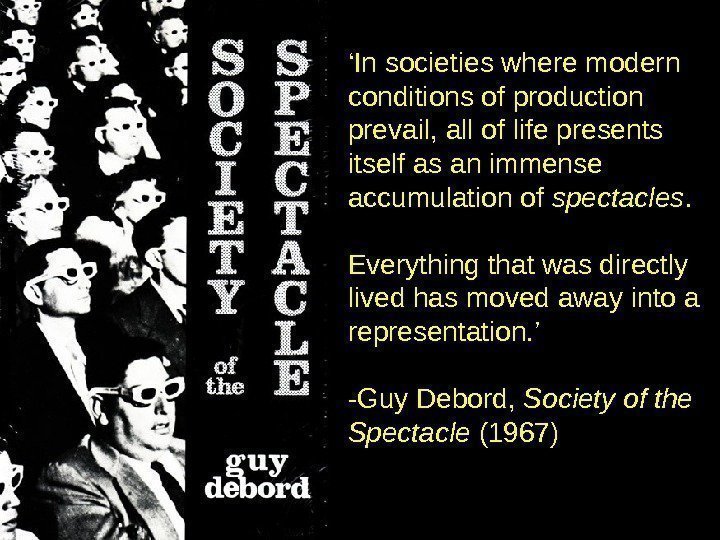
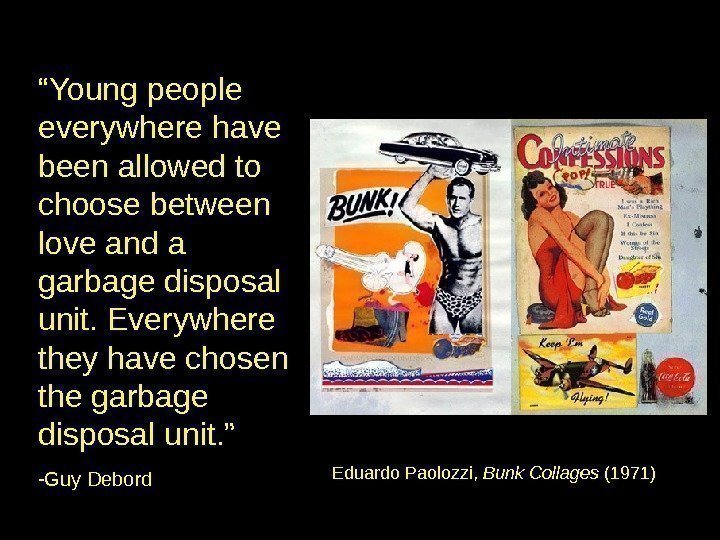
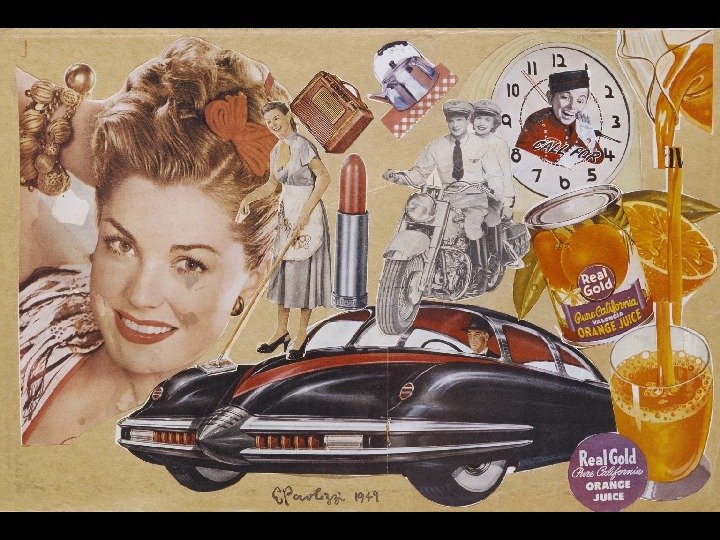
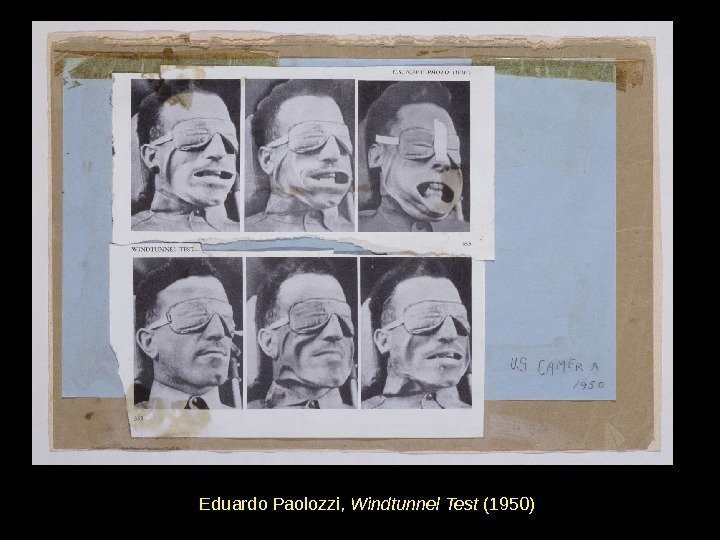
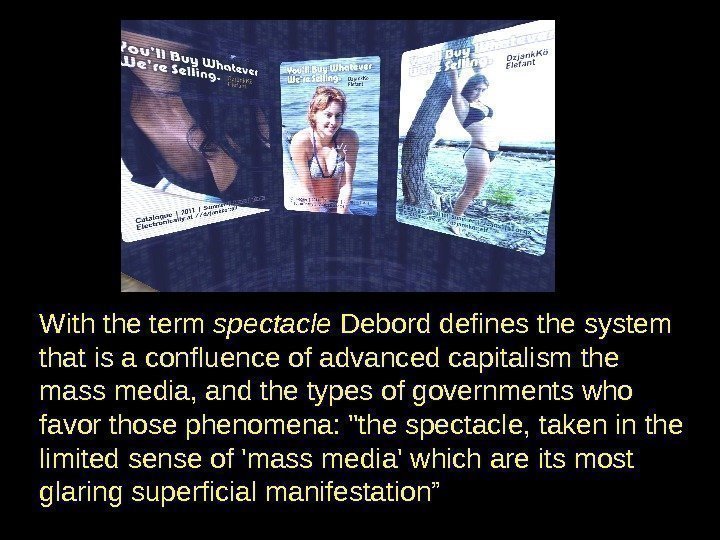
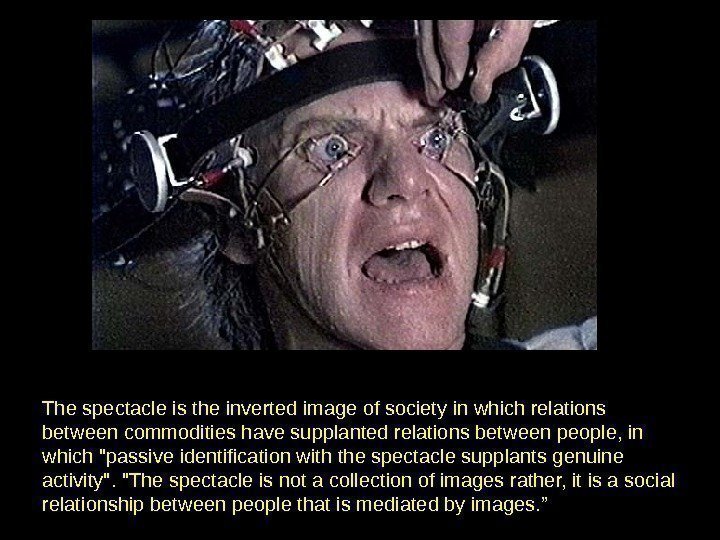


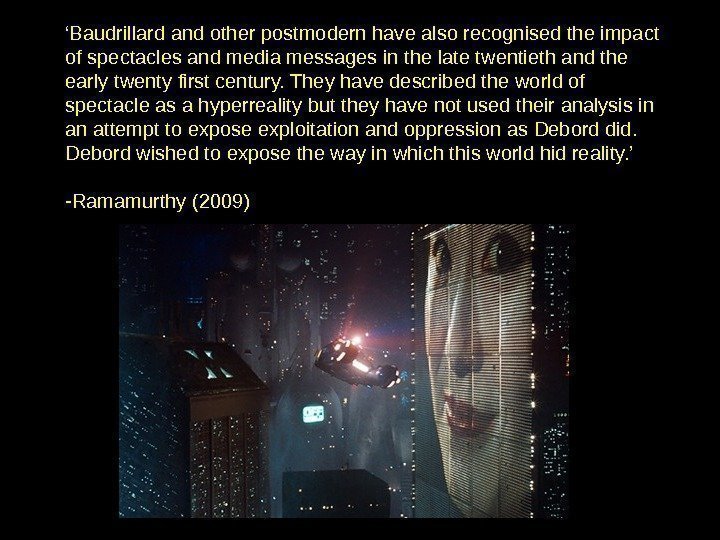
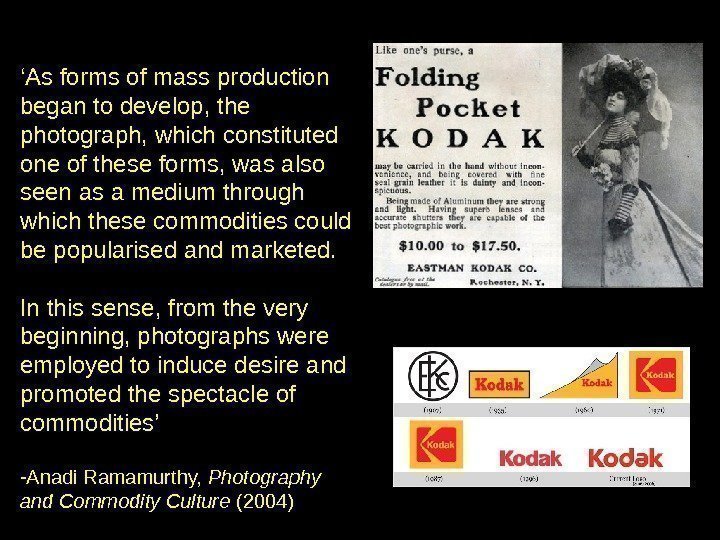
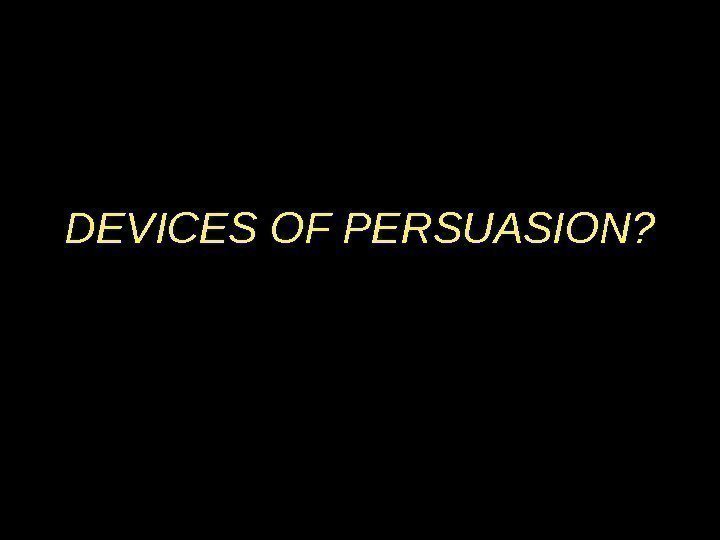
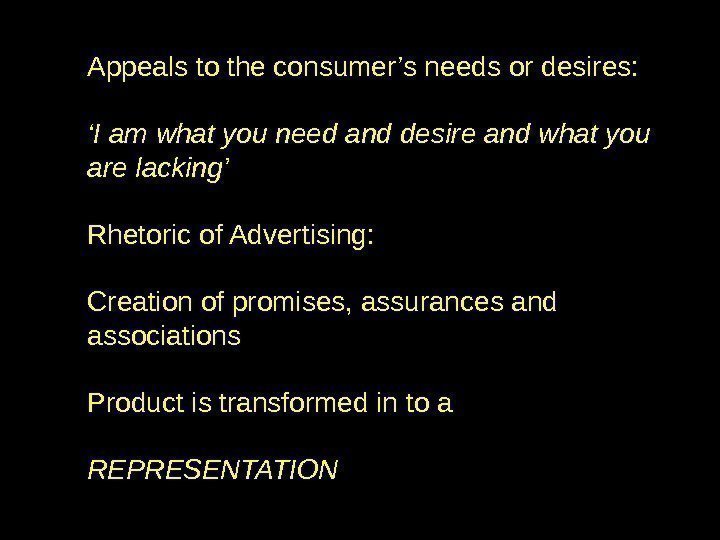

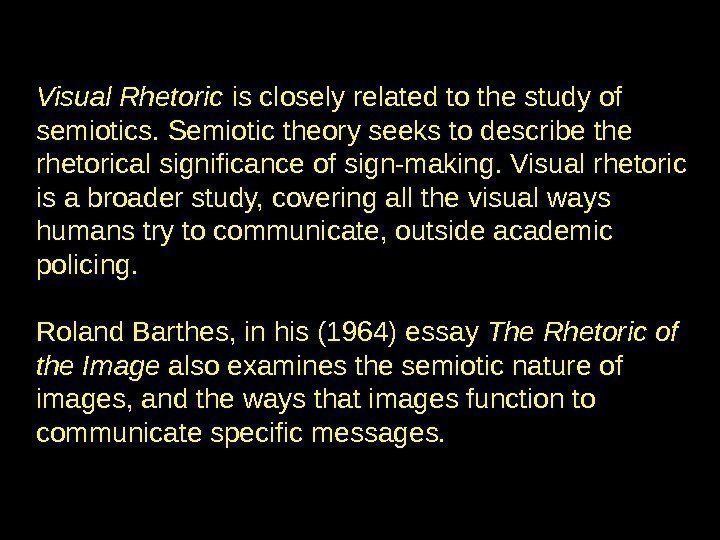
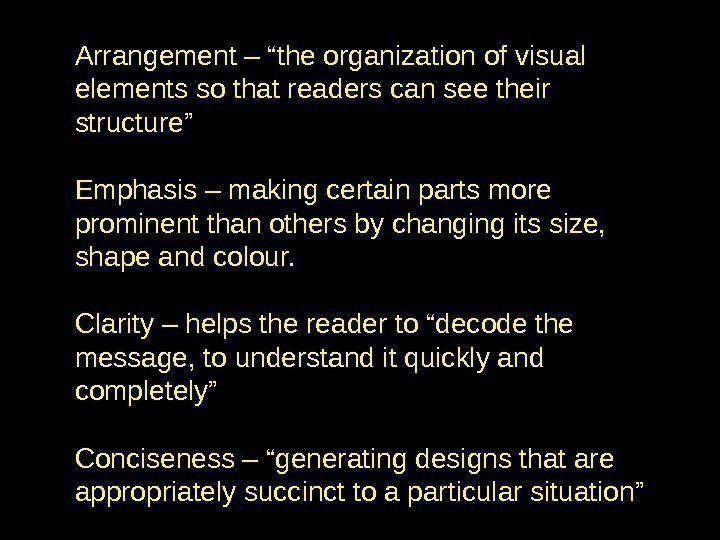
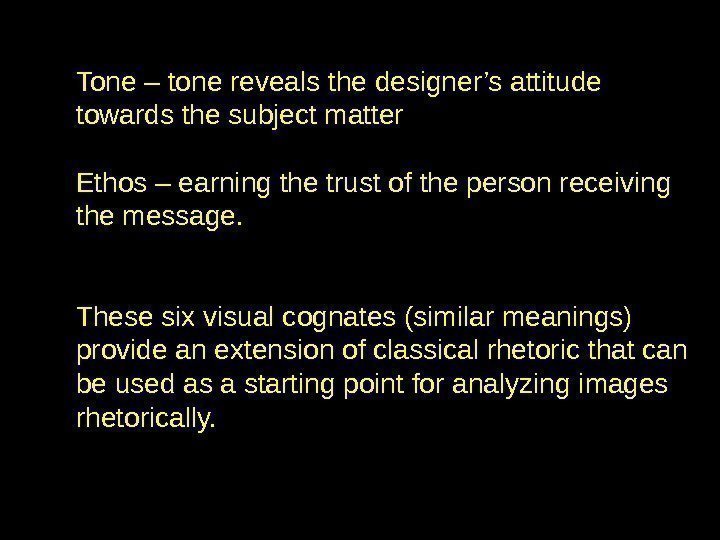
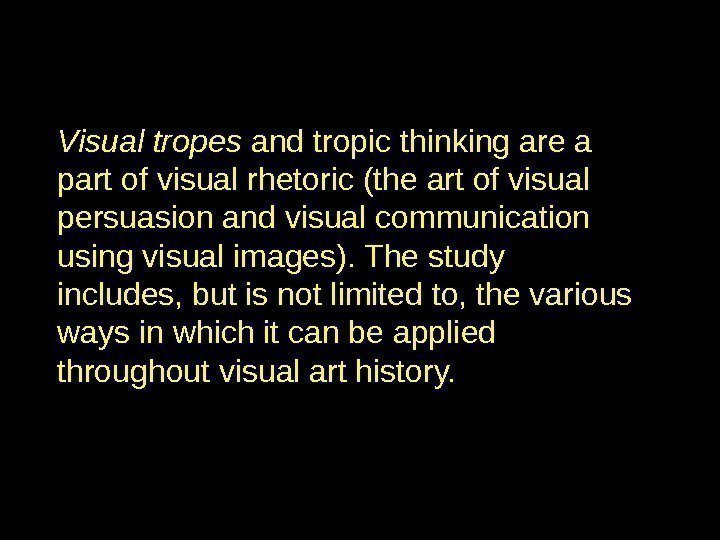
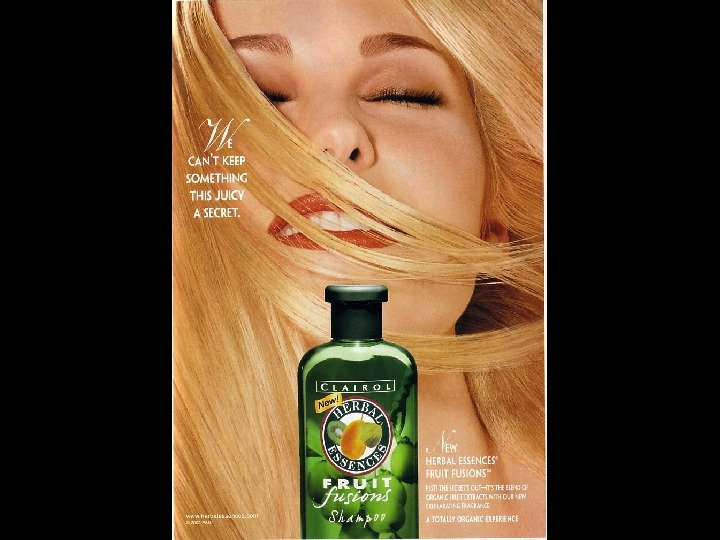
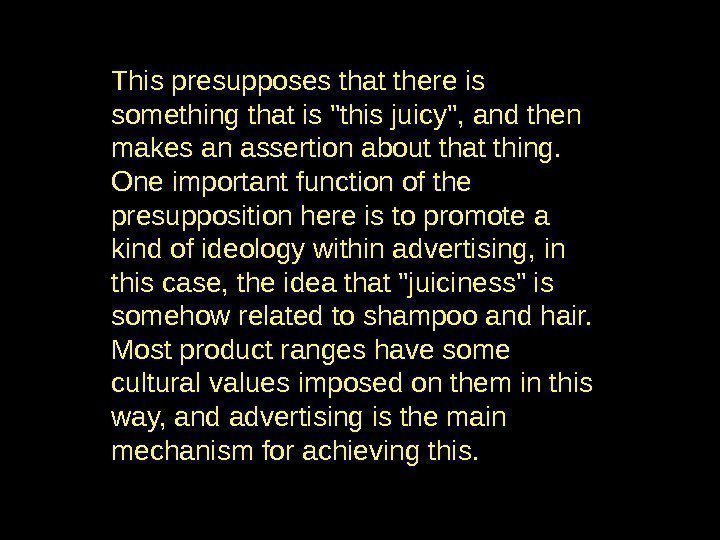
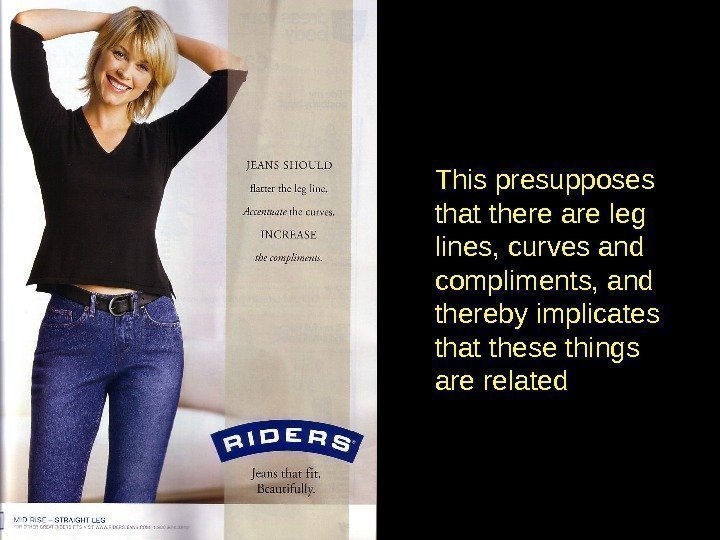
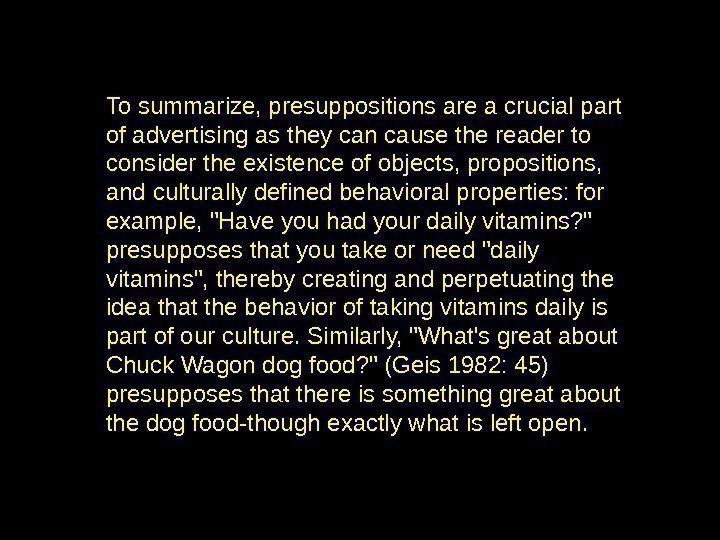
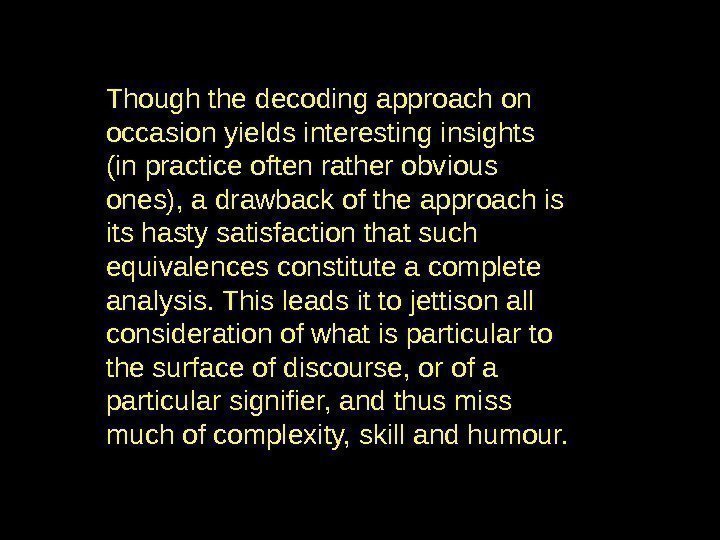

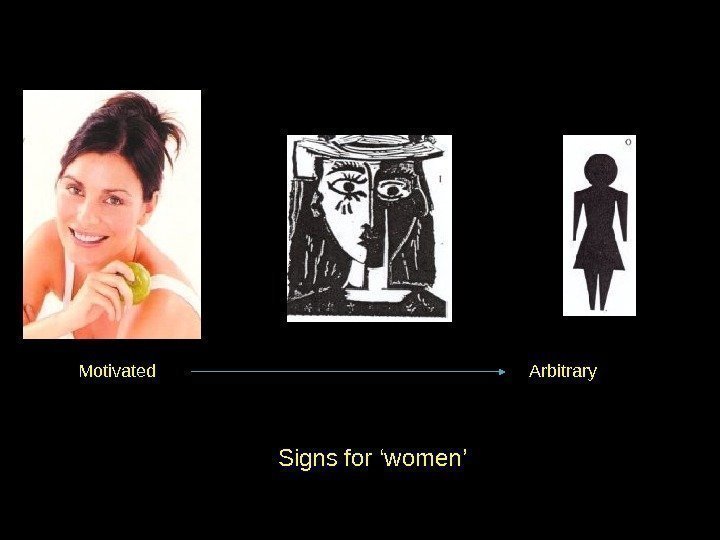
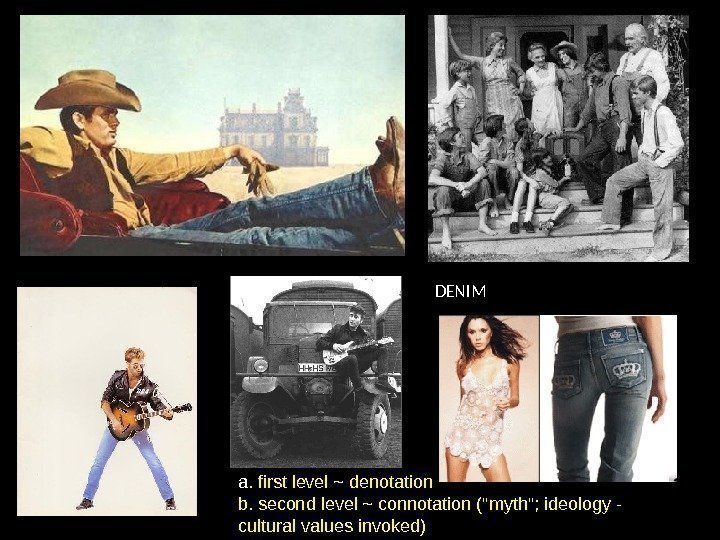
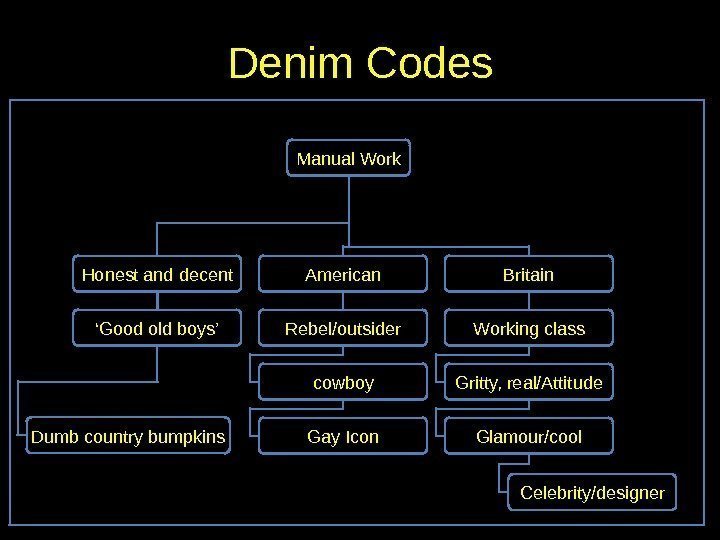
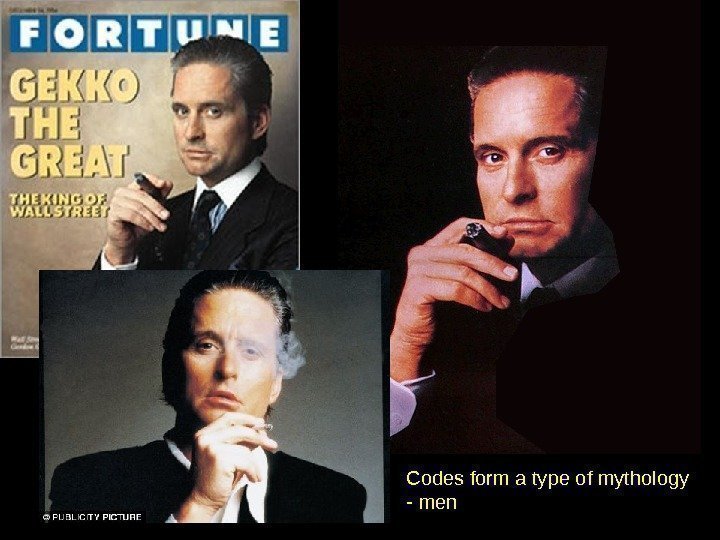
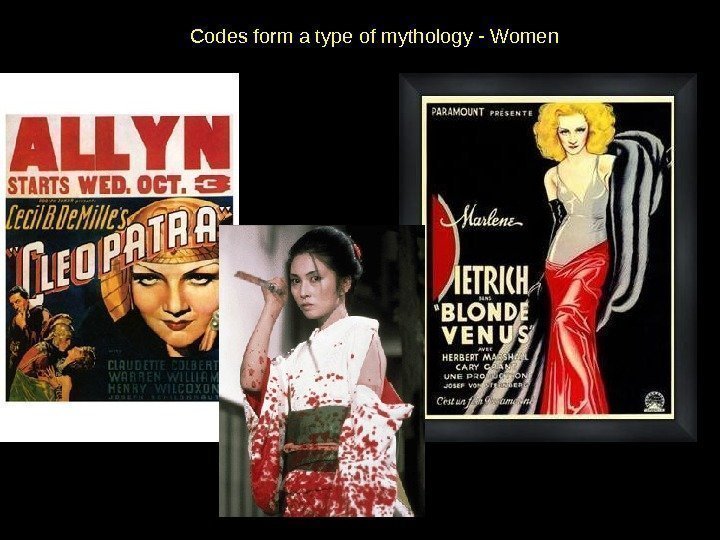
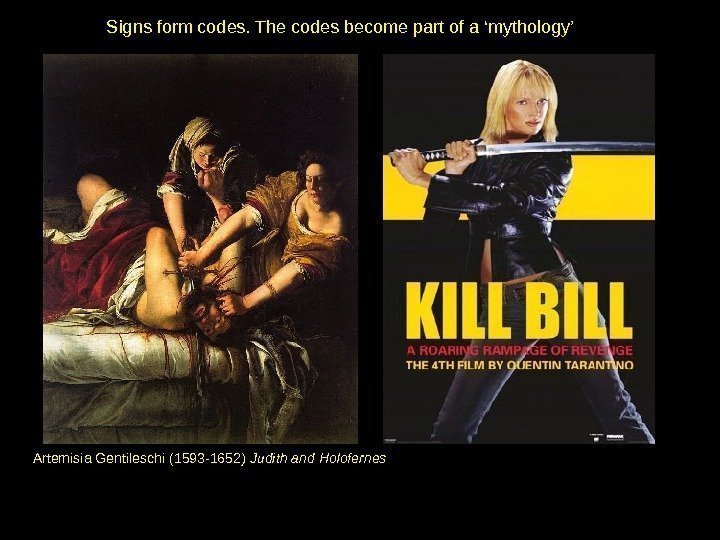
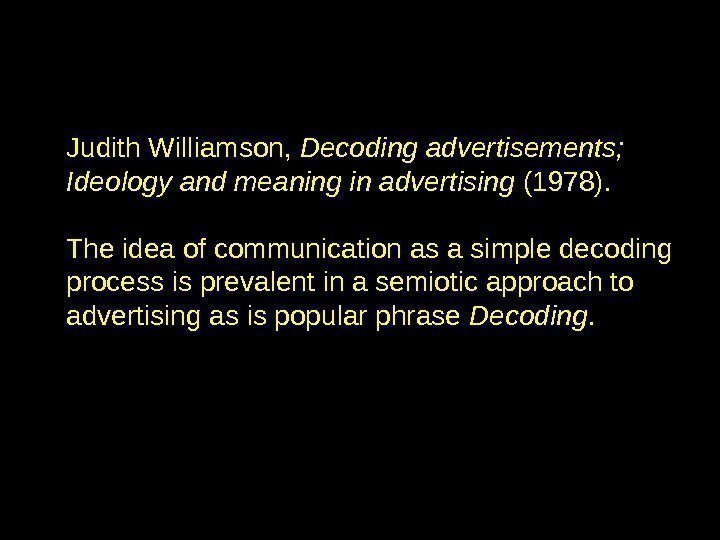
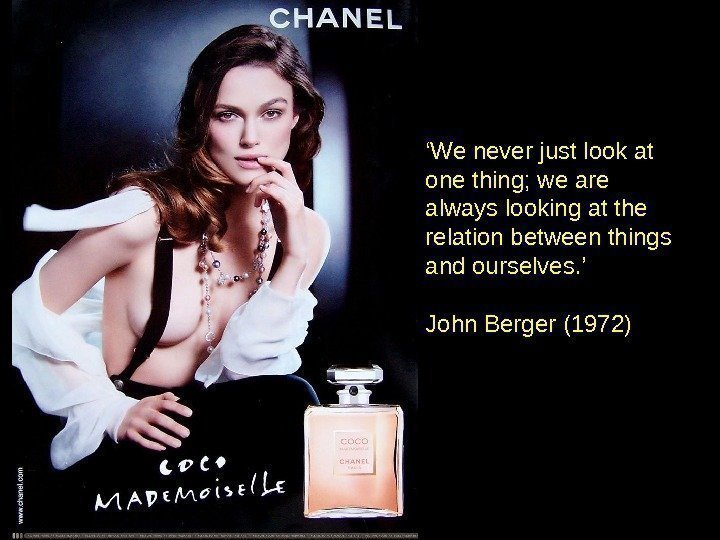
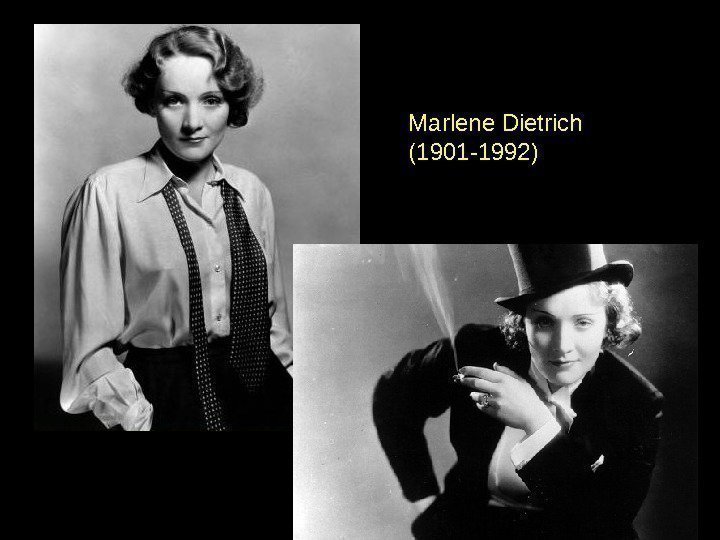
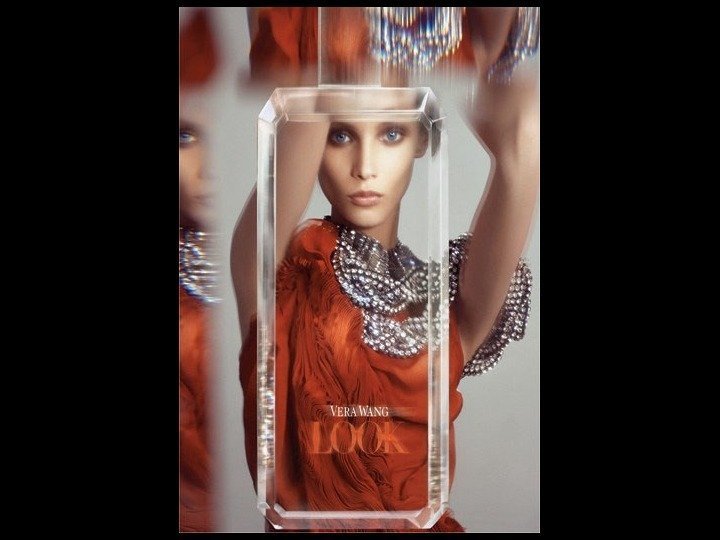

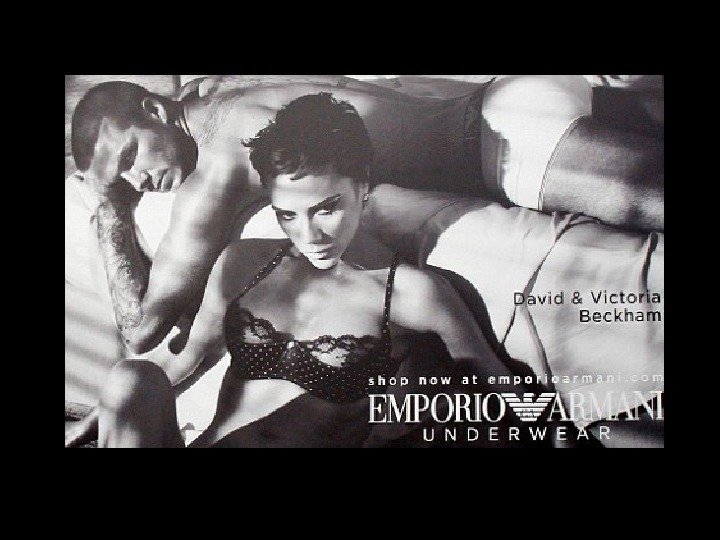
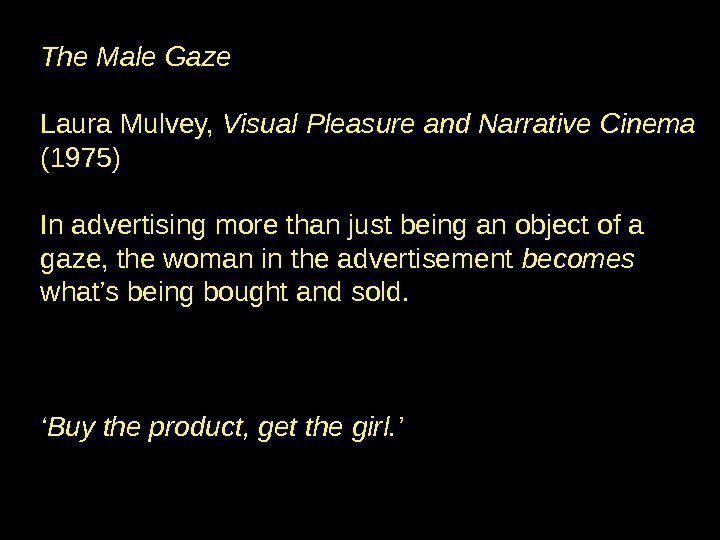
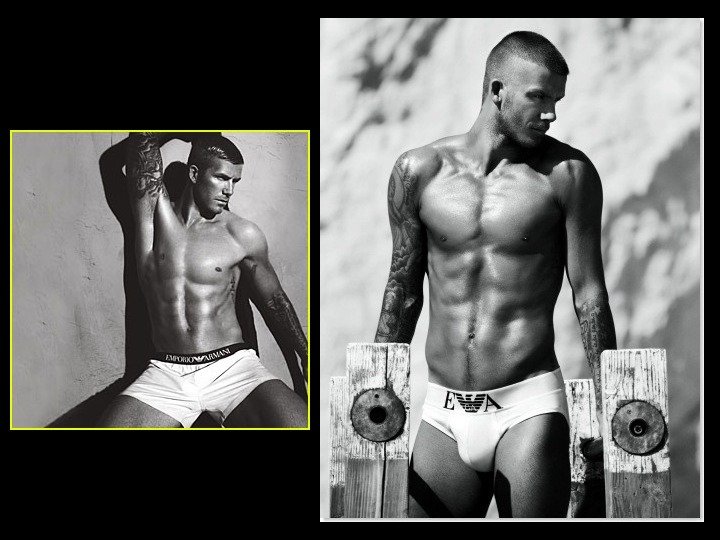
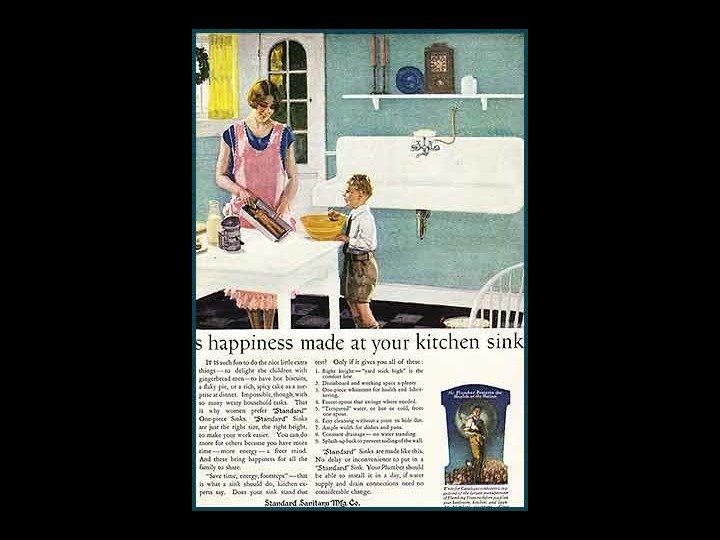

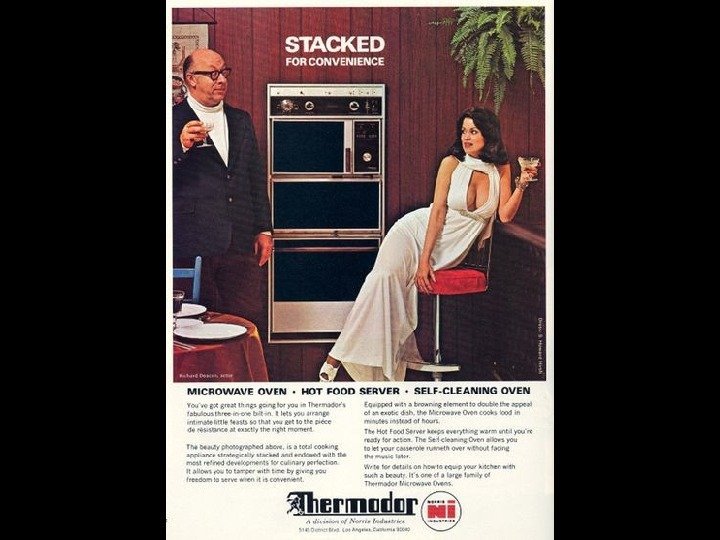
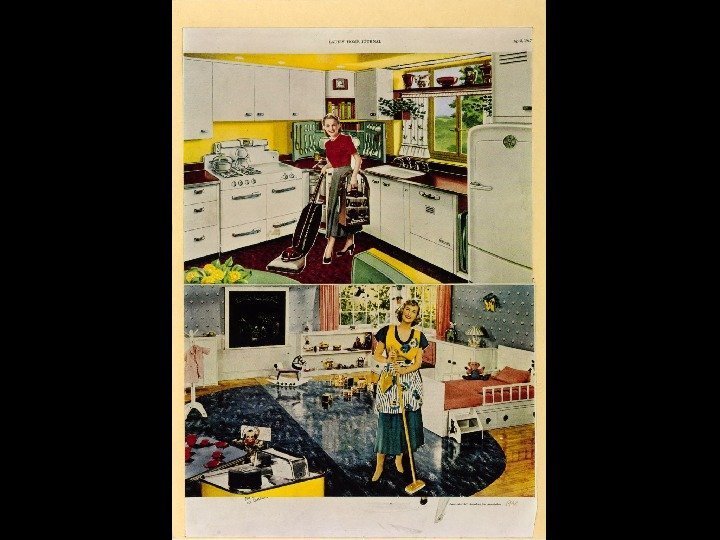


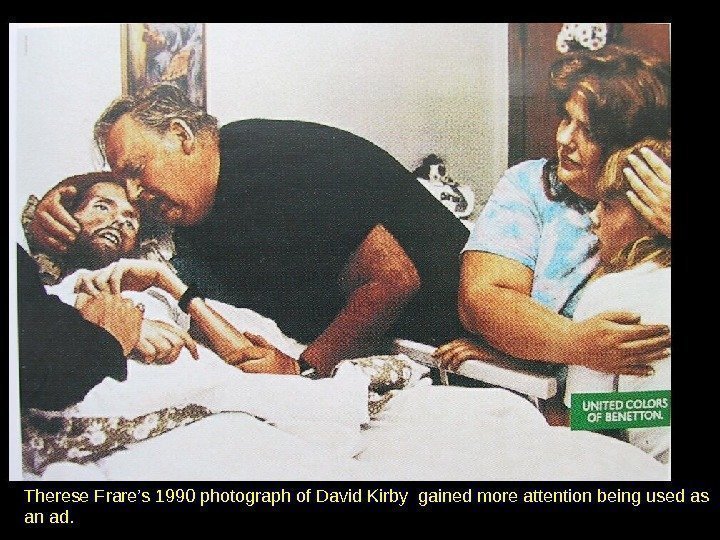
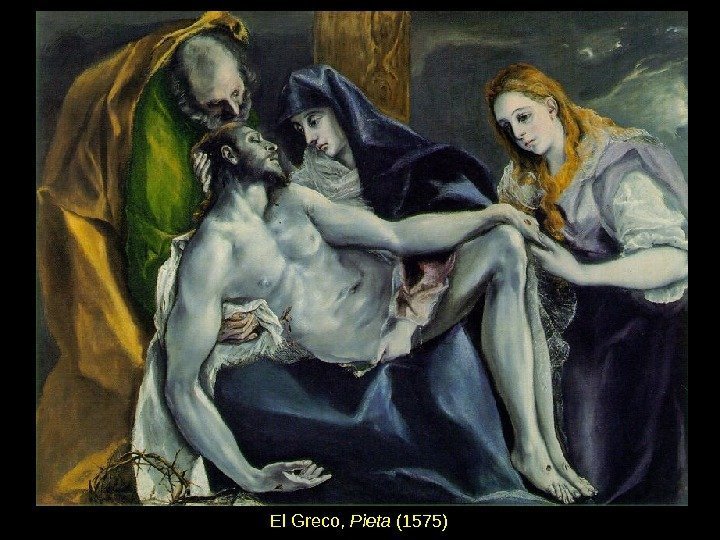
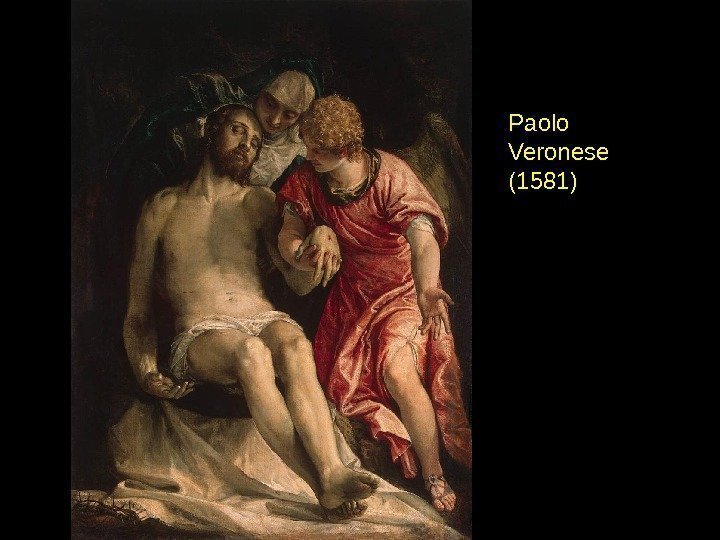
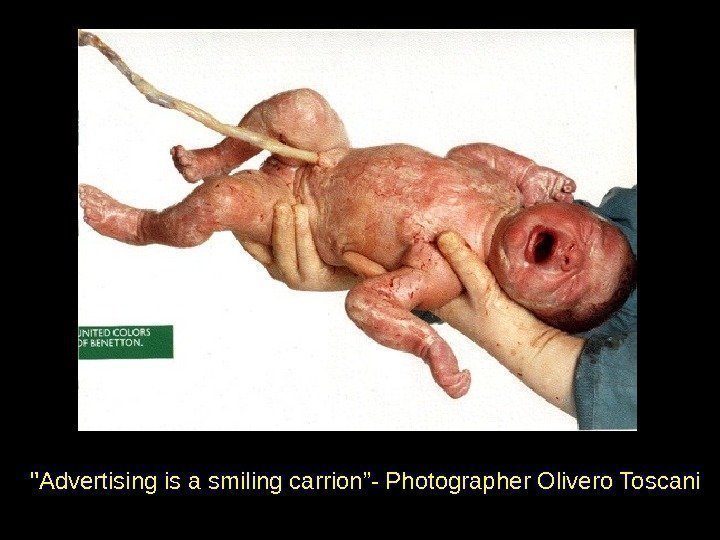
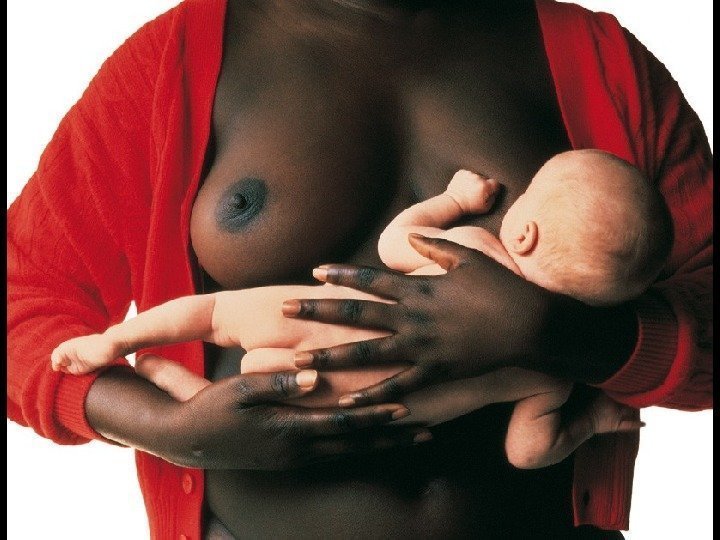
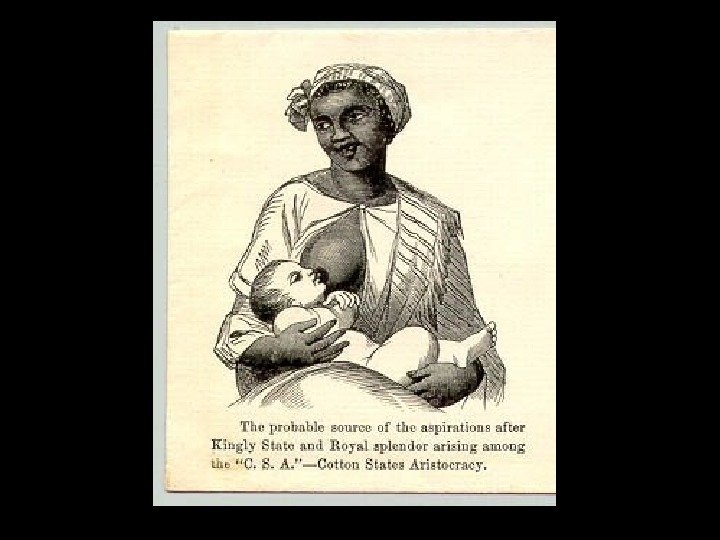
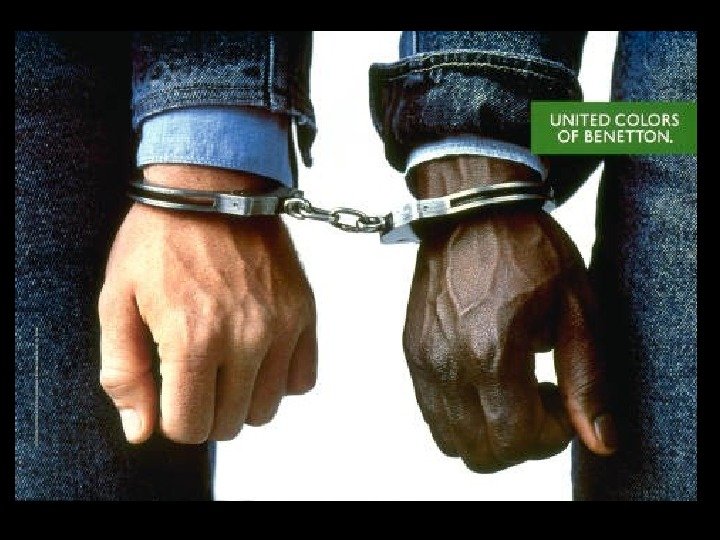
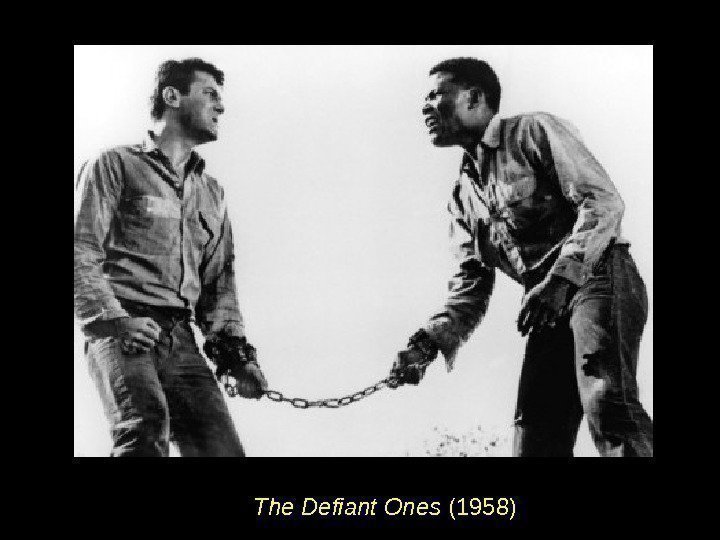
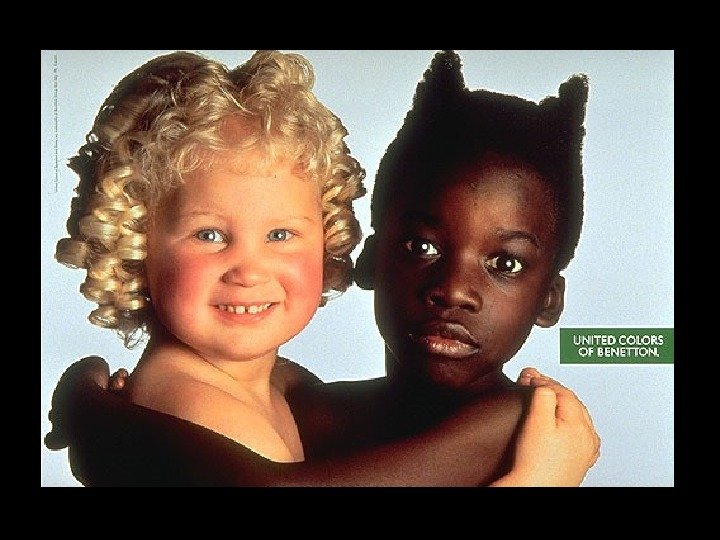
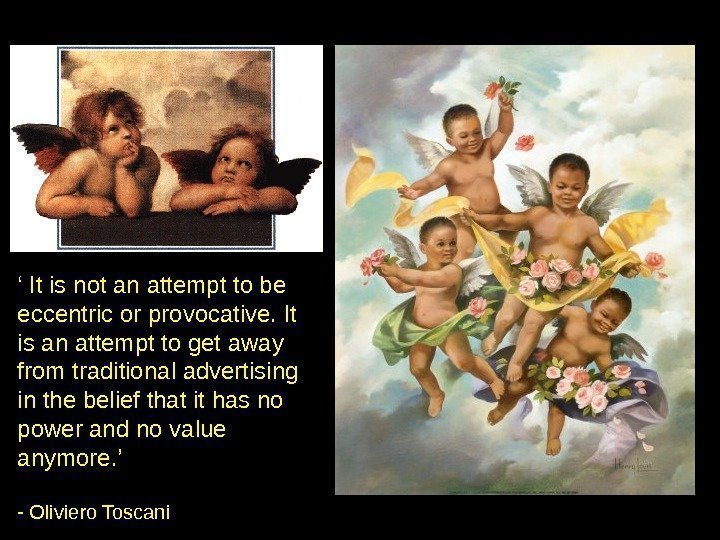
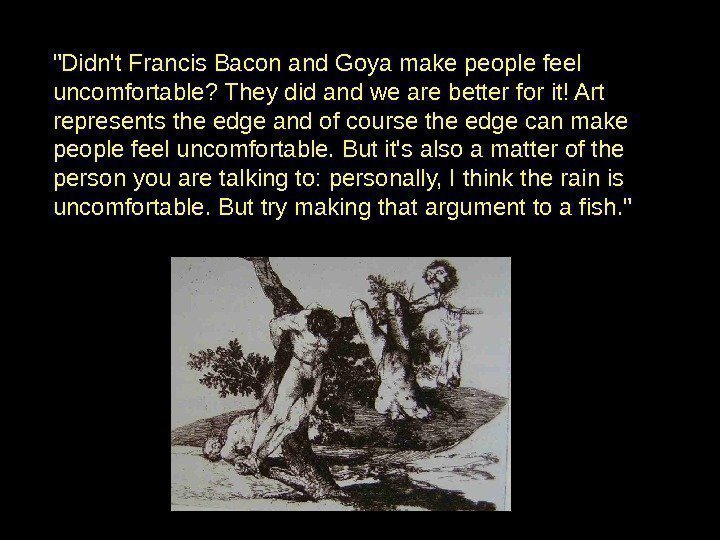
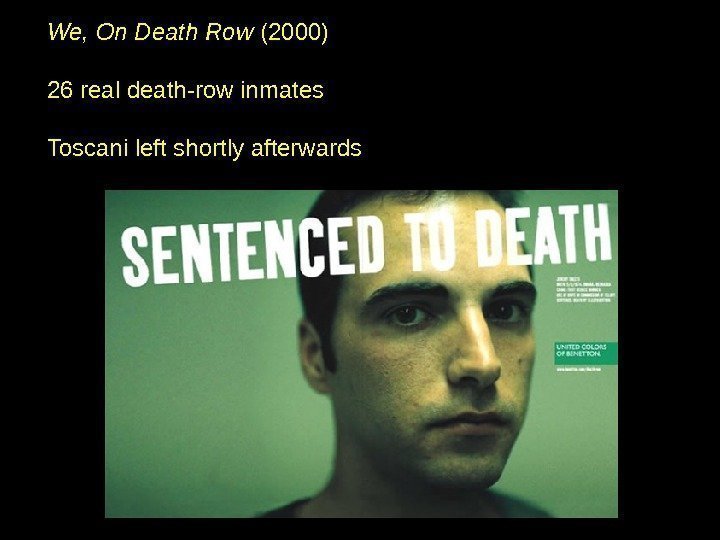
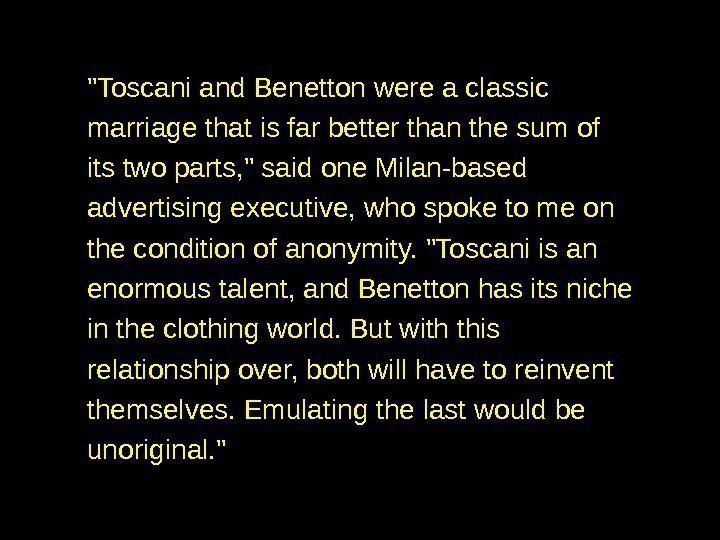

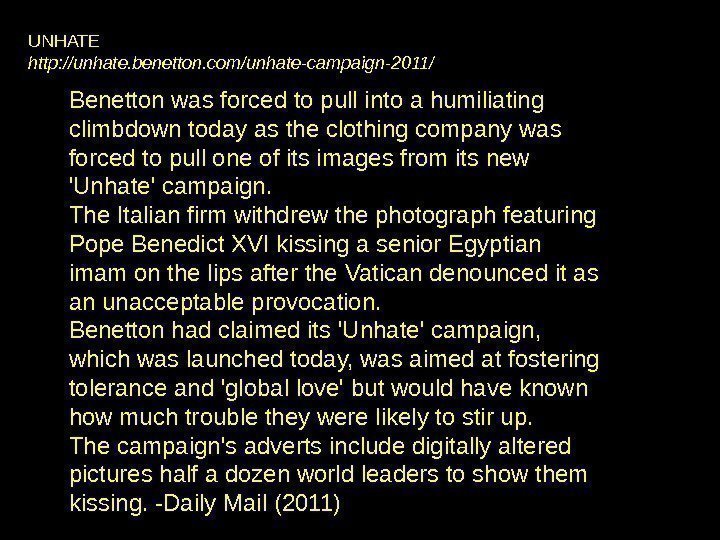
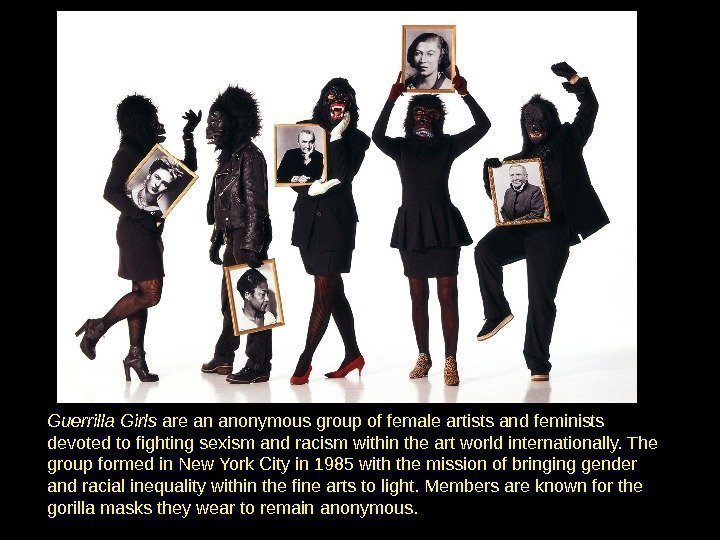
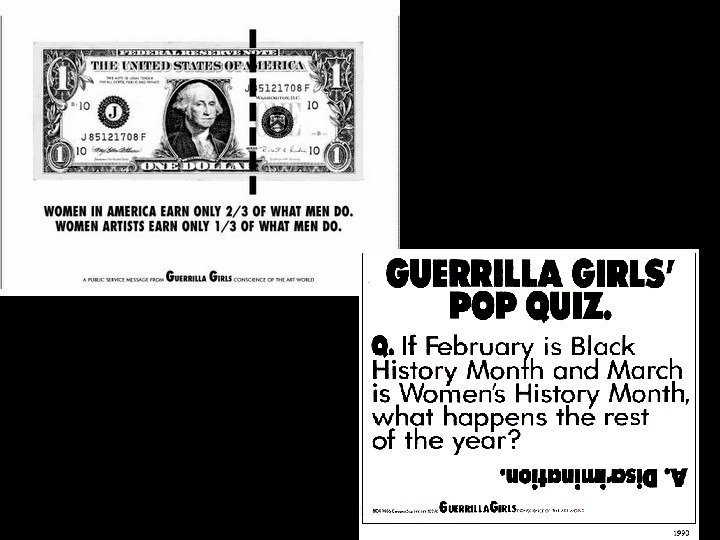
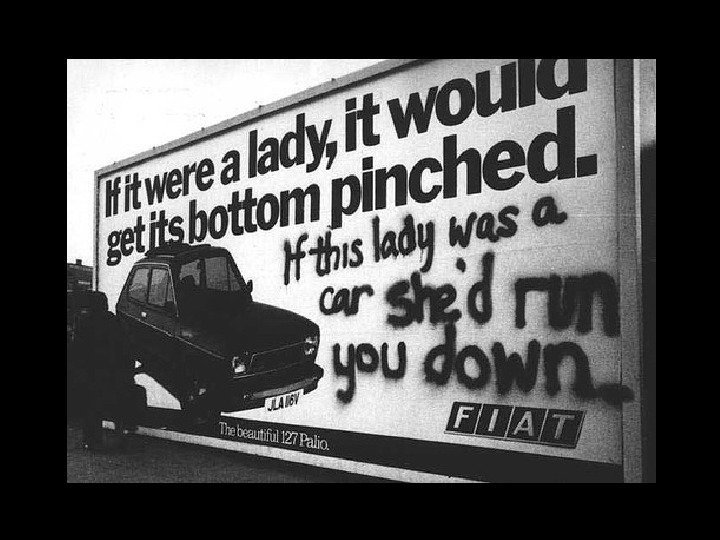
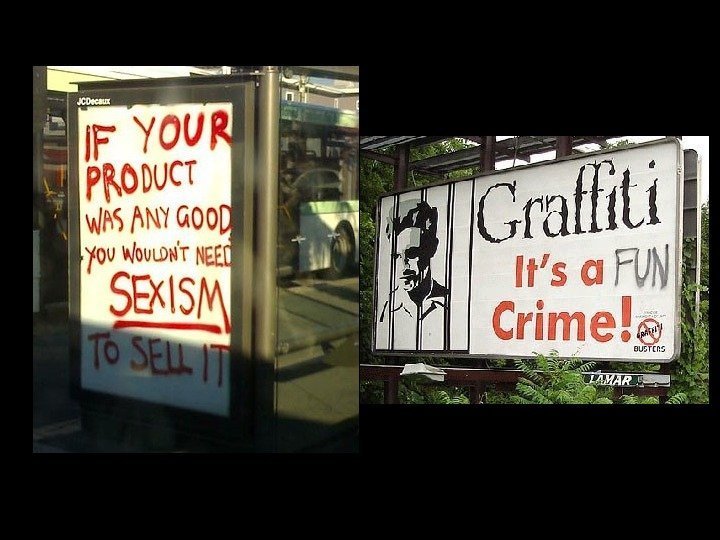
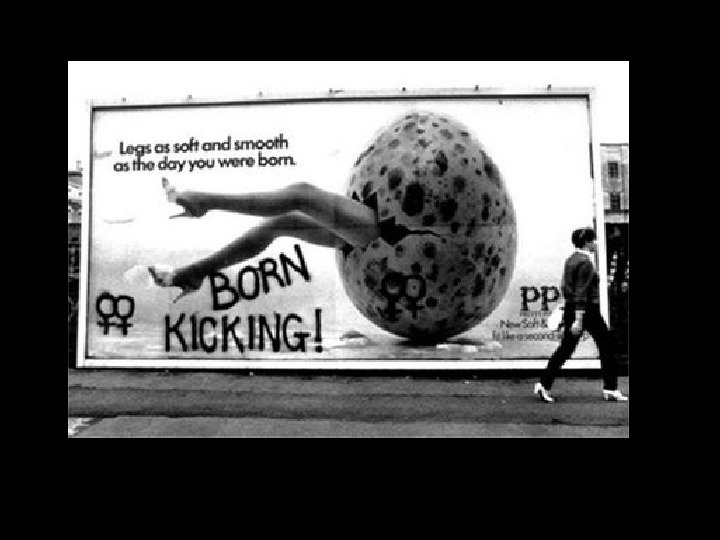
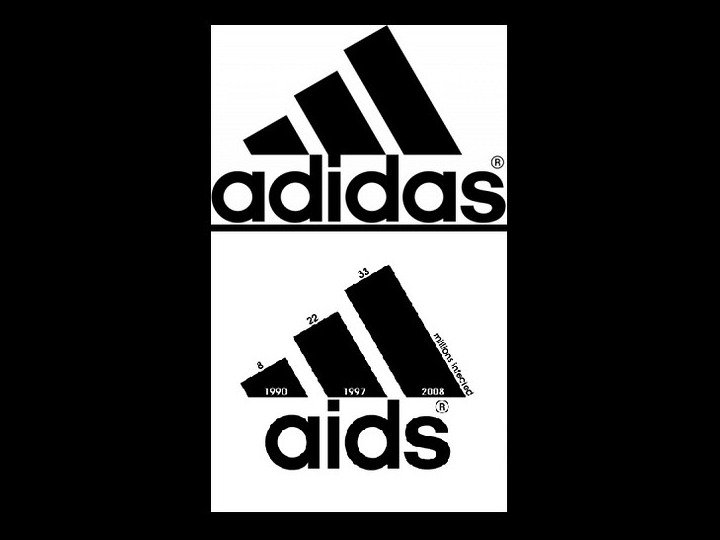
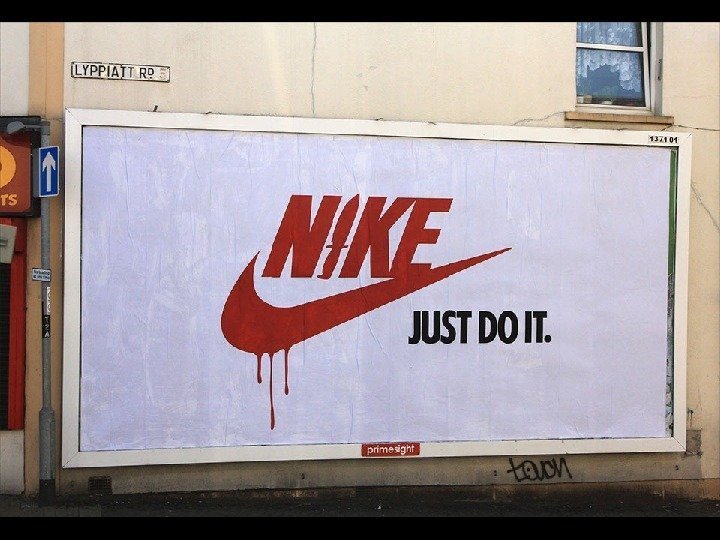
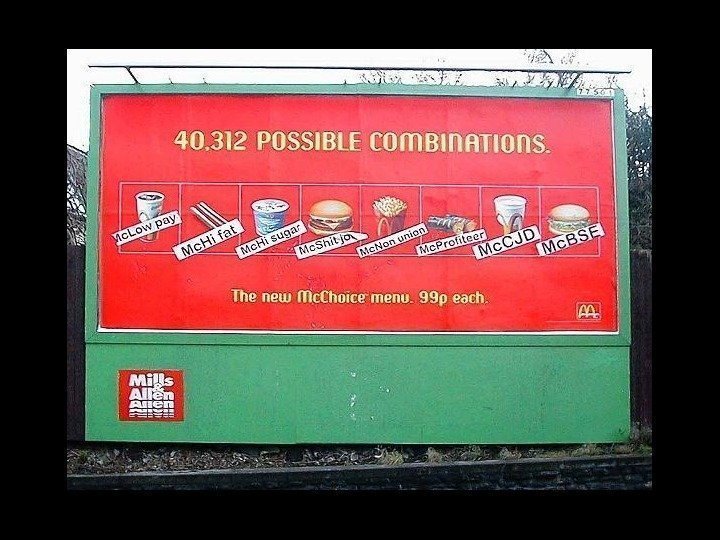

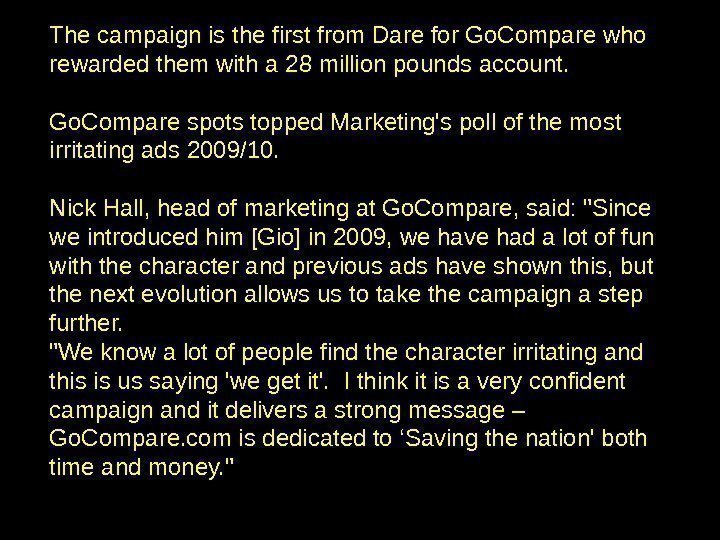

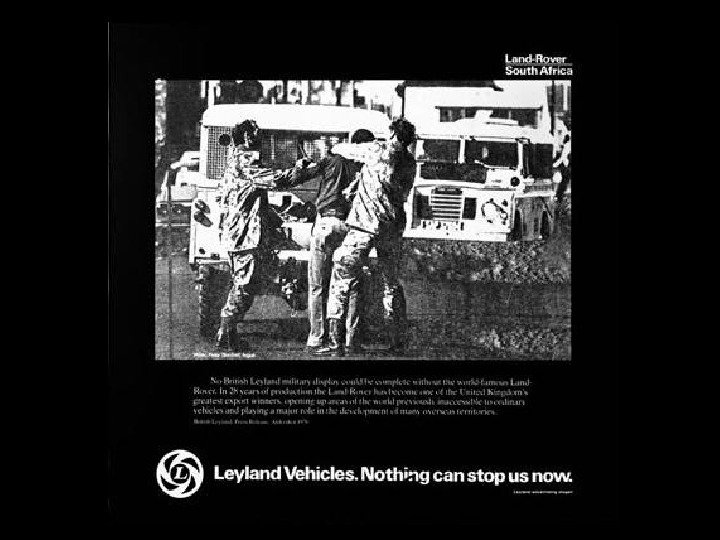
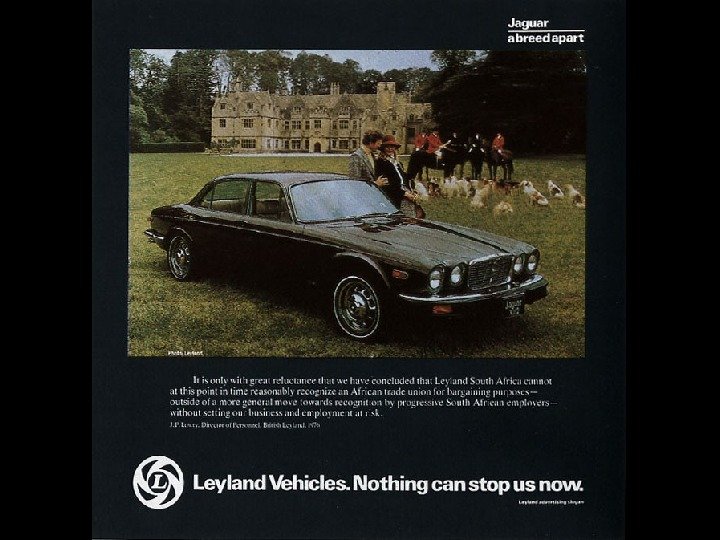
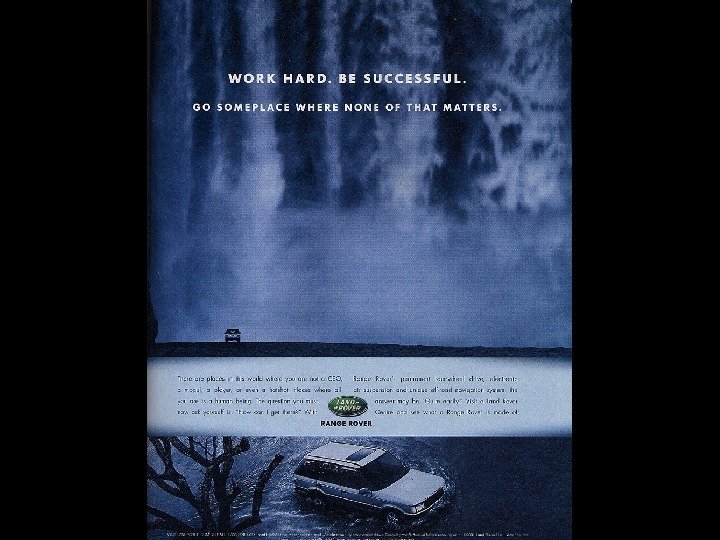
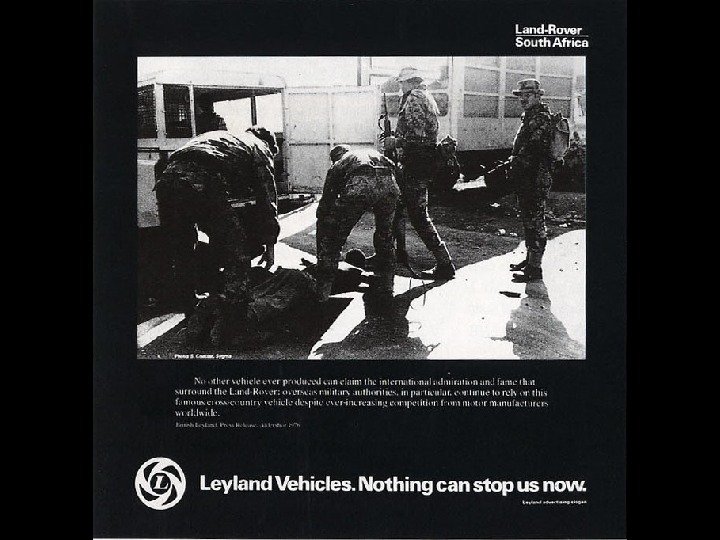
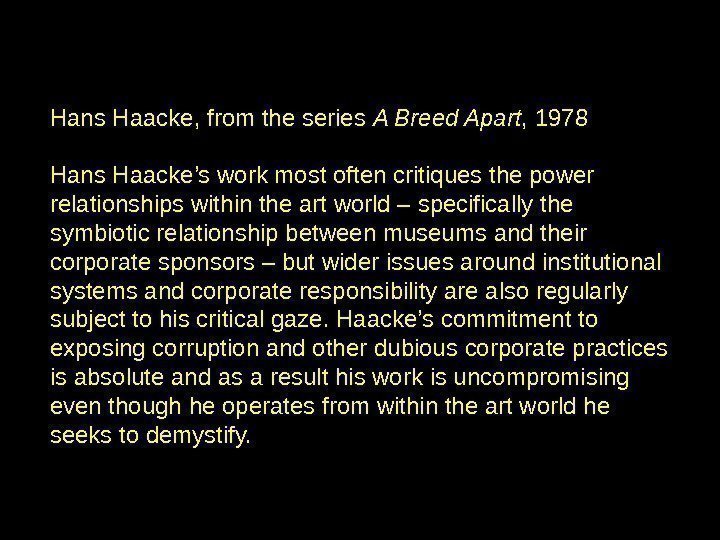
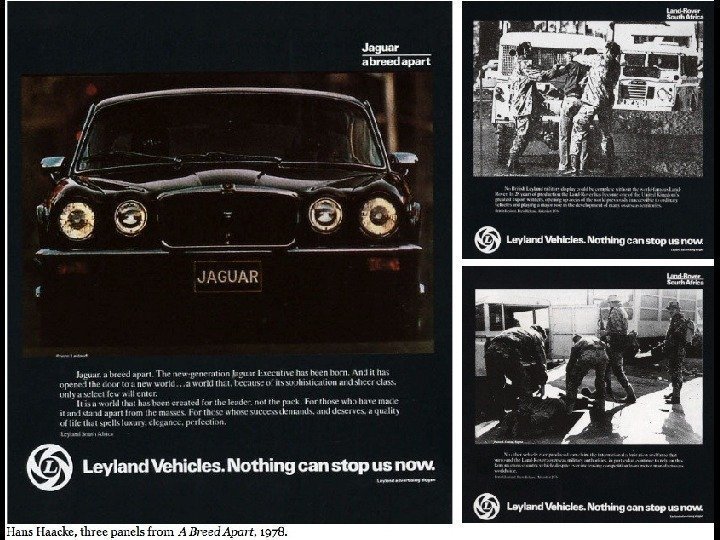
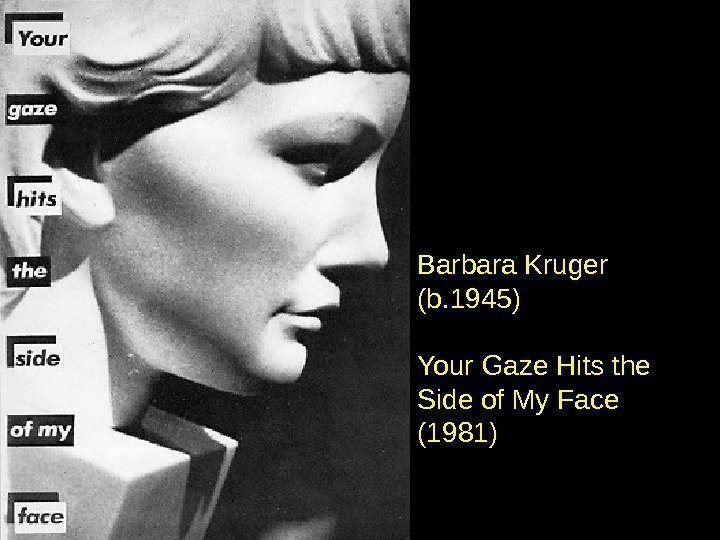
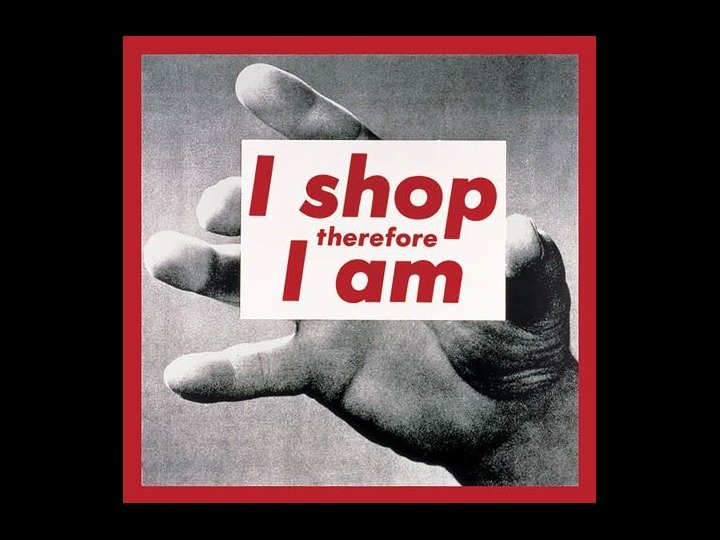
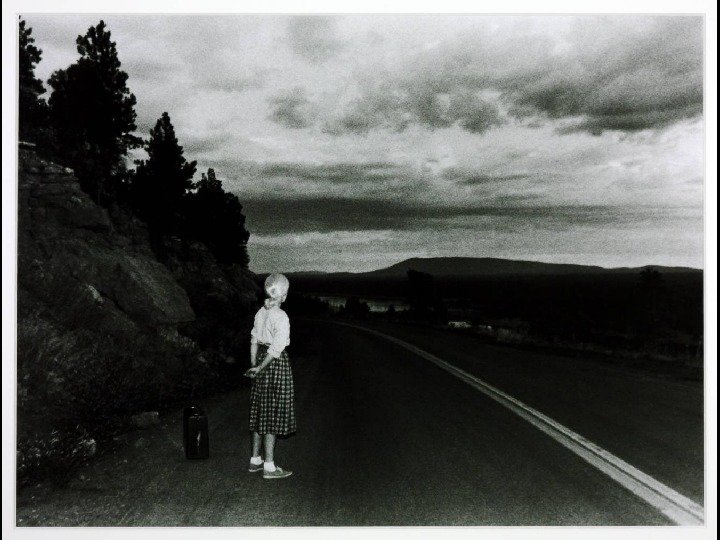
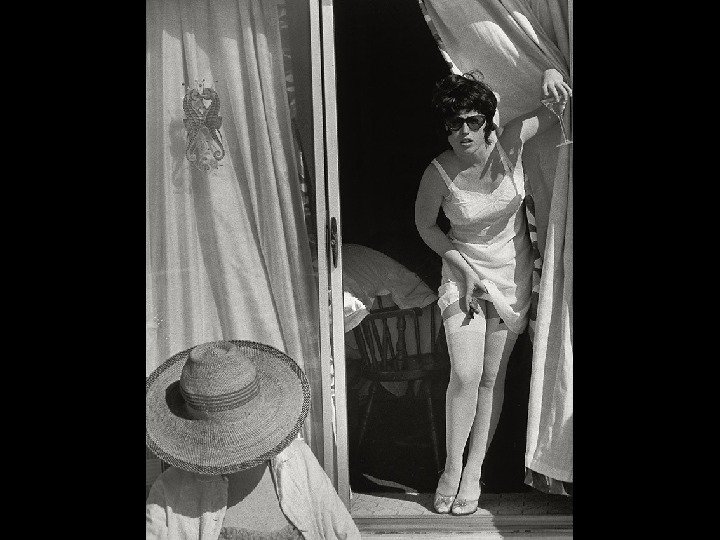
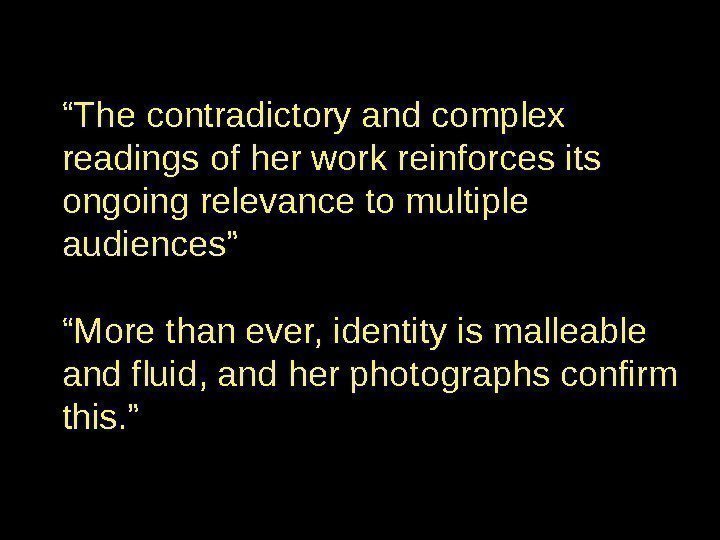
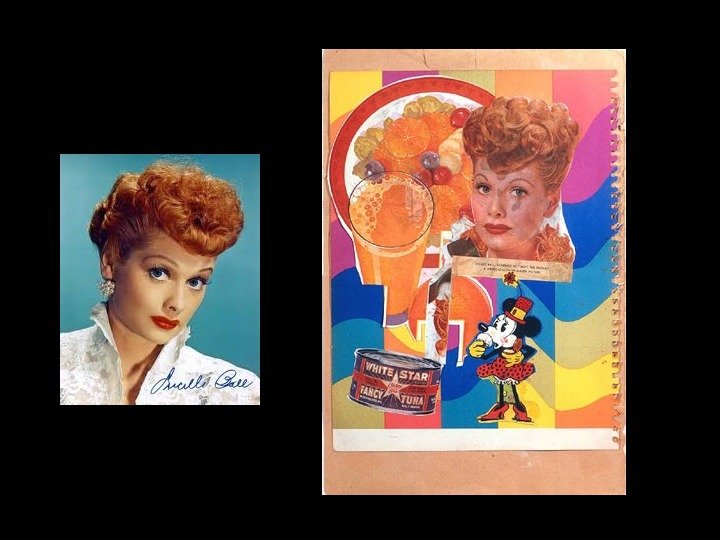
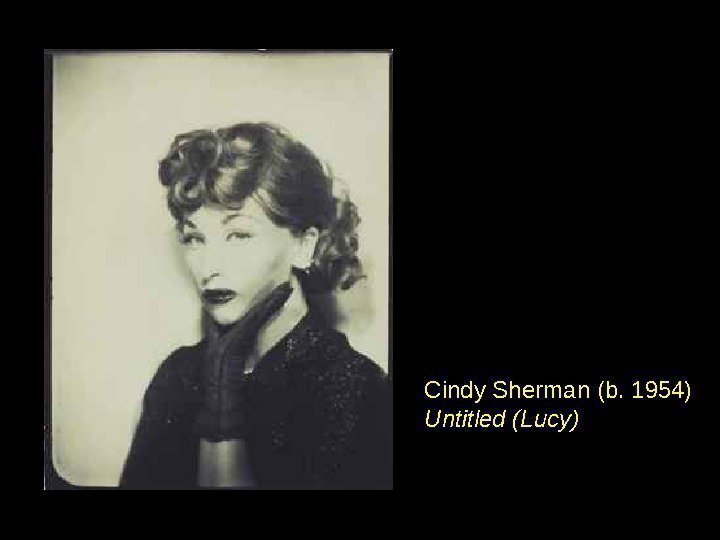
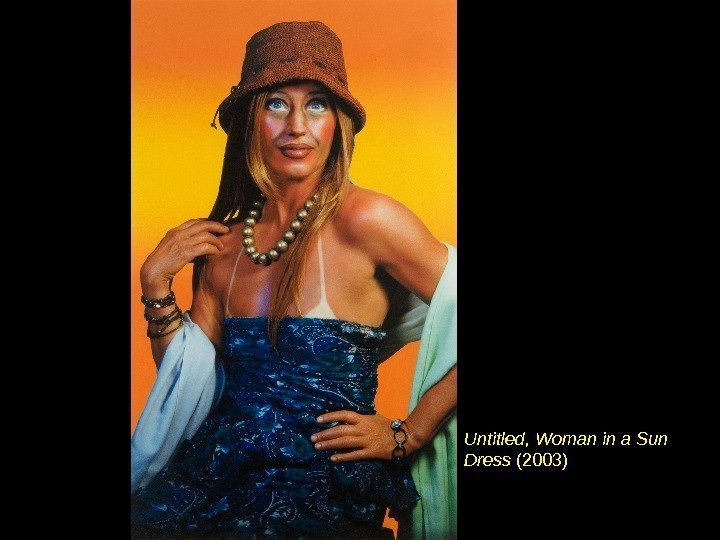

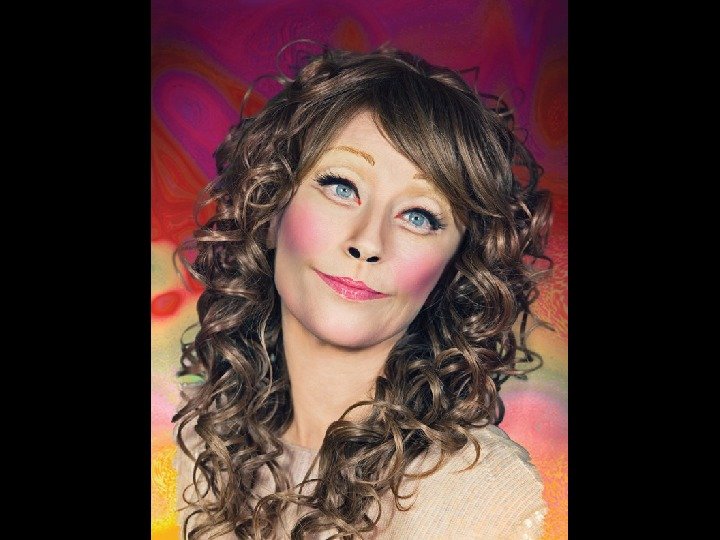
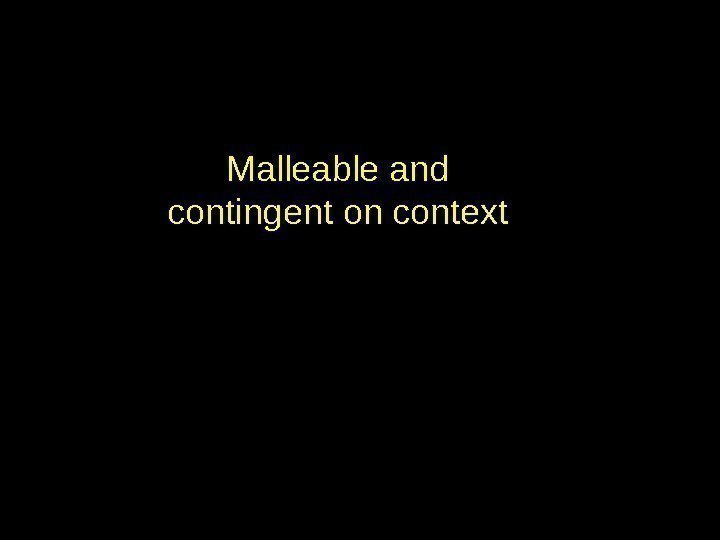
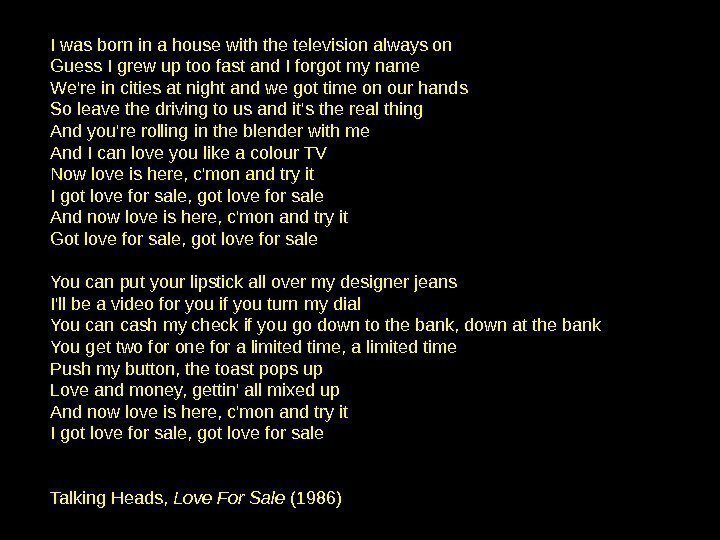
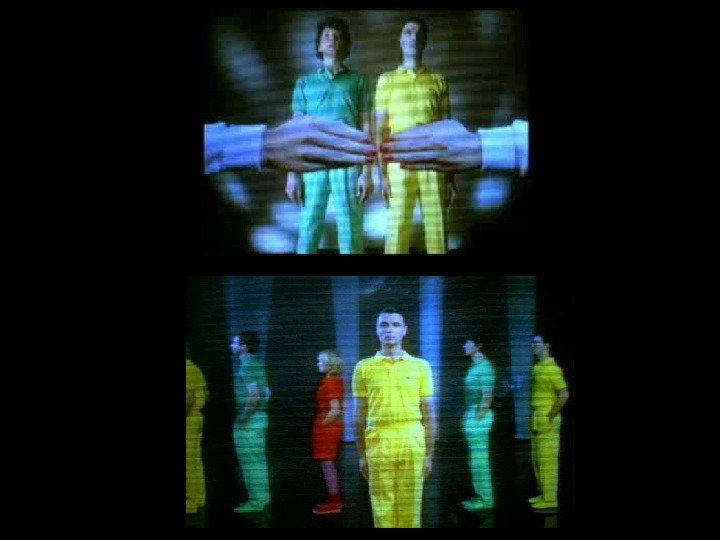

loveforsale.pptx
- Размер: 44.1 Мб
- Автор:
- Количество слайдов: 90
Описание презентации LOVE FOR SALE Image Making and Commodity Culture по слайдам
 LOVE FOR SALE Image Making and Commodity Culture
LOVE FOR SALE Image Making and Commodity Culture
 ‘ In societies where modern conditions of production prevail, all of life presents itself as an immense accumulation of spectacles. Everything that was directly lived has moved away into a representation. ’ -Guy Debord, Society of the Spectacle (1967)
‘ In societies where modern conditions of production prevail, all of life presents itself as an immense accumulation of spectacles. Everything that was directly lived has moved away into a representation. ’ -Guy Debord, Society of the Spectacle (1967)
 “ Young people everywhere have been allowed to choose between love and a garbage disposal unit. Everywhere they have chosen the garbage disposal unit. ” -Guy Debord Eduardo Paolozzi, Bunk Collages (1971)
“ Young people everywhere have been allowed to choose between love and a garbage disposal unit. Everywhere they have chosen the garbage disposal unit. ” -Guy Debord Eduardo Paolozzi, Bunk Collages (1971)

 Eduardo Paolozzi, Windtunnel Test (1950)
Eduardo Paolozzi, Windtunnel Test (1950)
 With the term spectacle Debord defines the system that is a confluence of advanced capitalism the mass media, and the types of governments who favor those phenomena: «the spectacle, taken in the limited sense of ‘mass media’ which are its most glaring superficial manifestation”
With the term spectacle Debord defines the system that is a confluence of advanced capitalism the mass media, and the types of governments who favor those phenomena: «the spectacle, taken in the limited sense of ‘mass media’ which are its most glaring superficial manifestation”
 The spectacle is the inverted image of society in which relations between commodities have supplanted relations between people, in which «passive identification with the spectacle supplants genuine activity». «The spectacle is not a collection of images rather, it is a social relationship between people that is mediated by images. ”
The spectacle is the inverted image of society in which relations between commodities have supplanted relations between people, in which «passive identification with the spectacle supplants genuine activity». «The spectacle is not a collection of images rather, it is a social relationship between people that is mediated by images. ”
 The fetishism of the commodity — the domination of society by “intangible as well as tangible things” — attains its ultimate fulfillment in the spectacle, where the real world is replaced by a selection of images which are projected above it, yet which at the same time succeed in making themselves regarded as the epitome of reality. -Debord (1967)
The fetishism of the commodity — the domination of society by “intangible as well as tangible things” — attains its ultimate fulfillment in the spectacle, where the real world is replaced by a selection of images which are projected above it, yet which at the same time succeed in making themselves regarded as the epitome of reality. -Debord (1967)
 ‘ Not long ago, if you wanted to seize political power in a country you had merely to control the army and the police. Today it is only in the most backward countries that fascist generals, in carrying out a coup d’état, still use tanks. If a country has reached a high degree of industrialization the whole scene changes. The day after the fall of Khrushchev, the editors of Pravda , Izvestiia , the heads of the radio and television were replaced; the army wasn’t called out. Today a country belongs to the person who controls communications. ’ Umberto Eco , Il costume di casa (1973) as translated in Travels in Hyperreality (1986)
‘ Not long ago, if you wanted to seize political power in a country you had merely to control the army and the police. Today it is only in the most backward countries that fascist generals, in carrying out a coup d’état, still use tanks. If a country has reached a high degree of industrialization the whole scene changes. The day after the fall of Khrushchev, the editors of Pravda , Izvestiia , the heads of the radio and television were replaced; the army wasn’t called out. Today a country belongs to the person who controls communications. ’ Umberto Eco , Il costume di casa (1973) as translated in Travels in Hyperreality (1986)
 ‘ Baudrillard and other postmodern have also recognised the impact of spectacles and media messages in the late twentieth and the early twenty first century. They have described the world of spectacle as a hyperreality but they have not used their analysis in an attempt to expose exploitation and oppression as Debord did. Debord wished to expose the way in which this world hid reality. ’ -Ramamurthy (2009)
‘ Baudrillard and other postmodern have also recognised the impact of spectacles and media messages in the late twentieth and the early twenty first century. They have described the world of spectacle as a hyperreality but they have not used their analysis in an attempt to expose exploitation and oppression as Debord did. Debord wished to expose the way in which this world hid reality. ’ -Ramamurthy (2009)
 ‘ As forms of mass production began to develop, the photograph, which constituted one of these forms, was also seen as a medium through which these commodities could be popularised and marketed. In this sense, from the very beginning, photographs were employed to induce desire and promoted the spectacle of commodities’ -Anadi Ramamurthy, Photography and Commodity Culture (2004)
‘ As forms of mass production began to develop, the photograph, which constituted one of these forms, was also seen as a medium through which these commodities could be popularised and marketed. In this sense, from the very beginning, photographs were employed to induce desire and promoted the spectacle of commodities’ -Anadi Ramamurthy, Photography and Commodity Culture (2004)
 DEVICES OF PERSUASION?
DEVICES OF PERSUASION?
 Appeals to the consumer’s needs or desires: ‘ I am what you need and desire and what you are lacking’ Rhetoric of Advertising: Creation of promises, assurances and associations Product is transformed in to a REPRESENTATION
Appeals to the consumer’s needs or desires: ‘ I am what you need and desire and what you are lacking’ Rhetoric of Advertising: Creation of promises, assurances and associations Product is transformed in to a REPRESENTATION
 Repetition- believe in what is repeated Reward and Punishment Agreement with Values Identification and Imitation Emulation and Envy Appeal to Basic Needs* *this list is not definitive
Repetition- believe in what is repeated Reward and Punishment Agreement with Values Identification and Imitation Emulation and Envy Appeal to Basic Needs* *this list is not definitive
 Visual Rhetoric is closely related to the study of semiotics. Semiotic theory seeks to describe the rhetorical significance of sign-making. Visual rhetoric is a broader study, covering all the visual ways humans try to communicate, outside academic policing. Roland Barthes, in his (1964) essay The Rhetoric of the Image also examines the semiotic nature of images, and the ways that images function to communicate specific messages.
Visual Rhetoric is closely related to the study of semiotics. Semiotic theory seeks to describe the rhetorical significance of sign-making. Visual rhetoric is a broader study, covering all the visual ways humans try to communicate, outside academic policing. Roland Barthes, in his (1964) essay The Rhetoric of the Image also examines the semiotic nature of images, and the ways that images function to communicate specific messages.
 Arrangement – “the organization of visual elements so that readers can see their structure” Emphasis – making certain parts more prominent than others by changing its size, shape and colour. Clarity – helps the reader to “decode the message, to understand it quickly and completely” Conciseness – “generating designs that are appropriately succinct to a particular situation”
Arrangement – “the organization of visual elements so that readers can see their structure” Emphasis – making certain parts more prominent than others by changing its size, shape and colour. Clarity – helps the reader to “decode the message, to understand it quickly and completely” Conciseness – “generating designs that are appropriately succinct to a particular situation”
 Tone – tone reveals the designer’s attitude towards the subject matter Ethos – earning the trust of the person receiving the message. These six visual cognates (similar meanings) provide an extension of classical rhetoric that can be used as a starting point for analyzing images rhetorically.
Tone – tone reveals the designer’s attitude towards the subject matter Ethos – earning the trust of the person receiving the message. These six visual cognates (similar meanings) provide an extension of classical rhetoric that can be used as a starting point for analyzing images rhetorically.
 Visual tropes and tropic thinking are a part of visual rhetoric (the art of visual persuasion and visual communication using visual images). The study includes, but is not limited to, the various ways in which it can be applied throughout visual art history.
Visual tropes and tropic thinking are a part of visual rhetoric (the art of visual persuasion and visual communication using visual images). The study includes, but is not limited to, the various ways in which it can be applied throughout visual art history.

 This presupposes that there is something that is «this juicy», and then makes an assertion about that thing. One important function of the presupposition here is to promote a kind of ideology within advertising, in this case, the idea that «juiciness» is somehow related to shampoo and hair. Most product ranges have some cultural values imposed on them in this way, and advertising is the main mechanism for achieving this.
This presupposes that there is something that is «this juicy», and then makes an assertion about that thing. One important function of the presupposition here is to promote a kind of ideology within advertising, in this case, the idea that «juiciness» is somehow related to shampoo and hair. Most product ranges have some cultural values imposed on them in this way, and advertising is the main mechanism for achieving this.
 This presupposes that there are leg lines, curves and compliments, and thereby implicates that these things are related
This presupposes that there are leg lines, curves and compliments, and thereby implicates that these things are related
 To summarize, presuppositions are a crucial part of advertising as they can cause the reader to consider the existence of objects, propositions, and culturally defined behavioral properties: for example, «Have you had your daily vitamins? » presupposes that you take or need «daily vitamins», thereby creating and perpetuating the idea that the behavior of taking vitamins daily is part of our culture. Similarly, «What’s great about Chuck Wagon dog food? » (Geis 1982: 45) presupposes that there is something great about the dog food-though exactly what is left open.
To summarize, presuppositions are a crucial part of advertising as they can cause the reader to consider the existence of objects, propositions, and culturally defined behavioral properties: for example, «Have you had your daily vitamins? » presupposes that you take or need «daily vitamins», thereby creating and perpetuating the idea that the behavior of taking vitamins daily is part of our culture. Similarly, «What’s great about Chuck Wagon dog food? » (Geis 1982: 45) presupposes that there is something great about the dog food-though exactly what is left open.
 Though the decoding approach on occasion yields interesting insights (in practice often rather obvious ones), a drawback of the approach is its hasty satisfaction that such equivalences constitute a complete analysis. This leads it to jettison all consideration of what is particular to the surface of discourse, or of a particular signifier, and thus miss much of complexity, skill and humour.
Though the decoding approach on occasion yields interesting insights (in practice often rather obvious ones), a drawback of the approach is its hasty satisfaction that such equivalences constitute a complete analysis. This leads it to jettison all consideration of what is particular to the surface of discourse, or of a particular signifier, and thus miss much of complexity, skill and humour.
 Arbitrary Signs and Motivated Signs
Arbitrary Signs and Motivated Signs
 Motivated Arbitrary Signs for ‘women’
Motivated Arbitrary Signs for ‘women’
 a. first level ~ denotation b. second level ~ connotation («myth»; ideology — cultural values invoked) DENIM
a. first level ~ denotation b. second level ~ connotation («myth»; ideology — cultural values invoked) DENIM
 Denim Codes Manual Work Honest and decent American Britain Rebel/outsider cowboy Working class Gritty, real/Attitude Gay Icon Glamour/cool‘ Good old boys’ Dumb country bumpkins Celebrity/designer
Denim Codes Manual Work Honest and decent American Britain Rebel/outsider cowboy Working class Gritty, real/Attitude Gay Icon Glamour/cool‘ Good old boys’ Dumb country bumpkins Celebrity/designer
 Codes form a type of mythology — men
Codes form a type of mythology — men
 Codes form a type of mythology — Women
Codes form a type of mythology — Women
 Artemisia Gentileschi (1593 -1652) Judith and Holofernes Signs form codes. The codes become part of a ‘mythology’
Artemisia Gentileschi (1593 -1652) Judith and Holofernes Signs form codes. The codes become part of a ‘mythology’
 Judith Williamson, Decoding advertisements; Ideology and meaning in advertising (1978). The idea of communication as a simple decoding process is prevalent in a semiotic approach to advertising as is popular phrase Decoding.
Judith Williamson, Decoding advertisements; Ideology and meaning in advertising (1978). The idea of communication as a simple decoding process is prevalent in a semiotic approach to advertising as is popular phrase Decoding.
 ‘ We never just look at one thing; we are always looking at the relation between things and ourselves. ’ John Berger (1972)
‘ We never just look at one thing; we are always looking at the relation between things and ourselves. ’ John Berger (1972)
 Marlene Dietrich (1901 -1992)
Marlene Dietrich (1901 -1992)



 The Male Gaze Laura Mulvey, Visual Pleasure and Narrative Cinema (1975) In advertising more than just being an object of a gaze, the woman in the advertisement becomes what’s being bought and sold. ‘ Buy the product, get the girl. ’
The Male Gaze Laura Mulvey, Visual Pleasure and Narrative Cinema (1975) In advertising more than just being an object of a gaze, the woman in the advertisement becomes what’s being bought and sold. ‘ Buy the product, get the girl. ’






 Oliviero Toscani (b. 1942)
Oliviero Toscani (b. 1942)
 Therese Frare’s 1990 photograph of David Kirby gained more attention being used as an ad.
Therese Frare’s 1990 photograph of David Kirby gained more attention being used as an ad.
 El Greco, Pieta (1575)
El Greco, Pieta (1575)
 Paolo Veronese (1581)
Paolo Veronese (1581)
 «Advertising is a smiling carrion”- Photographer Olivero Toscani
«Advertising is a smiling carrion”- Photographer Olivero Toscani



 The Defiant Ones (1958)
The Defiant Ones (1958)

 ‘ It is not an attempt to be eccentric or provocative. It is an attempt to get away from traditional advertising in the belief that it has no power and no value anymore. ’ — Oliviero Toscani
‘ It is not an attempt to be eccentric or provocative. It is an attempt to get away from traditional advertising in the belief that it has no power and no value anymore. ’ — Oliviero Toscani
 «Didn’t Francis Bacon and Goya make people feel uncomfortable? They did and we are better for it! Art represents the edge and of course the edge can make people feel uncomfortable. But it’s also a matter of the person you are talking to: personally, I think the rain is uncomfortable. But try making that argument to a fish. «
«Didn’t Francis Bacon and Goya make people feel uncomfortable? They did and we are better for it! Art represents the edge and of course the edge can make people feel uncomfortable. But it’s also a matter of the person you are talking to: personally, I think the rain is uncomfortable. But try making that argument to a fish. «
 We, On Death Row (2000) 26 real death-row inmates Toscani left shortly afterwards
We, On Death Row (2000) 26 real death-row inmates Toscani left shortly afterwards
 «Toscani and Benetton were a classic marriage that is far better than the sum of its two parts, » said one Milan-based advertising executive, who spoke to me on the condition of anonymity. «Toscani is an enormous talent, and Benetton has its niche in the clothing world. But with this relationship over, both will have to reinvent themselves. Emulating the last would be unoriginal. «
«Toscani and Benetton were a classic marriage that is far better than the sum of its two parts, » said one Milan-based advertising executive, who spoke to me on the condition of anonymity. «Toscani is an enormous talent, and Benetton has its niche in the clothing world. But with this relationship over, both will have to reinvent themselves. Emulating the last would be unoriginal. «

 UNHATE http: //unhate. benetton. com/unhate-campaign-2011/ Benetton was forced to pull into a humiliating climbdown today as the clothing company was forced to pull one of its images from its new ‘Unhate’ campaign. The Italian firm withdrew the photograph featuring Pope Benedict XVI kissing a senior Egyptian imam on the lips after the Vatican denounced it as an unacceptable provocation. Benetton had claimed its ‘Unhate’ campaign, which was launched today, was aimed at fostering tolerance and ‘global love’ but would have known how much trouble they were likely to stir up. The campaign’s adverts include digitally altered pictures half a dozen world leaders to show them kissing. -Daily Mail (2011)
UNHATE http: //unhate. benetton. com/unhate-campaign-2011/ Benetton was forced to pull into a humiliating climbdown today as the clothing company was forced to pull one of its images from its new ‘Unhate’ campaign. The Italian firm withdrew the photograph featuring Pope Benedict XVI kissing a senior Egyptian imam on the lips after the Vatican denounced it as an unacceptable provocation. Benetton had claimed its ‘Unhate’ campaign, which was launched today, was aimed at fostering tolerance and ‘global love’ but would have known how much trouble they were likely to stir up. The campaign’s adverts include digitally altered pictures half a dozen world leaders to show them kissing. -Daily Mail (2011)
 Guerrilla Girls are an anonymous group of female artists and feminists devoted to fighting sexism and racism within the art world internationally. The group formed in New York City in 1985 with the mission of bringing gender and racial inequality within the fine arts to light. Members are known for the gorilla masks they wear to remain anonymous.
Guerrilla Girls are an anonymous group of female artists and feminists devoted to fighting sexism and racism within the art world internationally. The group formed in New York City in 1985 with the mission of bringing gender and racial inequality within the fine arts to light. Members are known for the gorilla masks they wear to remain anonymous.








 The campaign is the first from Dare for Go. Compare who rewarded them with a 28 million pounds account. Go. Compare spots topped Marketing’s poll of the most irritating ads 2009/10. Nick Hall, head of marketing at Go. Compare, said: «Since we introduced him [Gio] in 2009, we have had a lot of fun with the character and previous ads have shown this, but the next evolution allows us to take the campaign a step further. «We know a lot of people find the character irritating and this is us saying ‘we get it’. I think it is a very confident campaign and it delivers a strong message – Go. Compare. com is dedicated to ‘Saving the nation’ both time and money. «
The campaign is the first from Dare for Go. Compare who rewarded them with a 28 million pounds account. Go. Compare spots topped Marketing’s poll of the most irritating ads 2009/10. Nick Hall, head of marketing at Go. Compare, said: «Since we introduced him [Gio] in 2009, we have had a lot of fun with the character and previous ads have shown this, but the next evolution allows us to take the campaign a step further. «We know a lot of people find the character irritating and this is us saying ‘we get it’. I think it is a very confident campaign and it delivers a strong message – Go. Compare. com is dedicated to ‘Saving the nation’ both time and money. «





 Hans Haacke, from the series A Breed Apart , 1978 Hans Haacke’s work most often critiques the power relationships within the art world – specifically the symbiotic relationship between museums and their corporate sponsors – but wider issues around institutional systems and corporate responsibility are also regularly subject to his critical gaze. Haacke’s commitment to exposing corruption and other dubious corporate practices is absolute and as a result his work is uncompromising even though he operates from within the art world he seeks to demystify.
Hans Haacke, from the series A Breed Apart , 1978 Hans Haacke’s work most often critiques the power relationships within the art world – specifically the symbiotic relationship between museums and their corporate sponsors – but wider issues around institutional systems and corporate responsibility are also regularly subject to his critical gaze. Haacke’s commitment to exposing corruption and other dubious corporate practices is absolute and as a result his work is uncompromising even though he operates from within the art world he seeks to demystify.

 Barbara Kruger (b. 1945) Your Gaze Hits the Side of My Face (1981)
Barbara Kruger (b. 1945) Your Gaze Hits the Side of My Face (1981)



 “ The contradictory and complex readings of her work reinforces its ongoing relevance to multiple audiences” “ More than ever, identity is malleable and fluid, and her photographs confirm this. ”
“ The contradictory and complex readings of her work reinforces its ongoing relevance to multiple audiences” “ More than ever, identity is malleable and fluid, and her photographs confirm this. ”

 Cindy Sherman (b. 1954) Untitled (Lucy)
Cindy Sherman (b. 1954) Untitled (Lucy)
 Untitled, Woman in a Sun Dress (2003)
Untitled, Woman in a Sun Dress (2003)


 Malleable and contingent on context
Malleable and contingent on context
 I was born in a house with the television always on Guess I grew up too fast and I forgot my name We’re in cities at night and we got time on our hands So leave the driving to us and it’s the real thing And you’re rolling in the blender with me And I can love you like a colour TV Now love is here, c’mon and try it I got love for sale, got love for sale And now love is here, c’mon and try it Got love for sale, got love for sale You can put your lipstick all over my designer jeans I’ll be a video for you if you turn my dial You can cash my check if you go down to the bank, down at the bank You get two for one for a limited time, a limited time Push my button, the toast pops up Love and money, gettin’ all mixed up And now love is here, c’mon and try it I got love for sale, got love for sale Talking Heads, Love For Sale (1986)
I was born in a house with the television always on Guess I grew up too fast and I forgot my name We’re in cities at night and we got time on our hands So leave the driving to us and it’s the real thing And you’re rolling in the blender with me And I can love you like a colour TV Now love is here, c’mon and try it I got love for sale, got love for sale And now love is here, c’mon and try it Got love for sale, got love for sale You can put your lipstick all over my designer jeans I’ll be a video for you if you turn my dial You can cash my check if you go down to the bank, down at the bank You get two for one for a limited time, a limited time Push my button, the toast pops up Love and money, gettin’ all mixed up And now love is here, c’mon and try it I got love for sale, got love for sale Talking Heads, Love For Sale (1986)

 https: //www. youtube. com/watch? v= WBQ 0 cbj. Fi. Po
https: //www. youtube. com/watch? v= WBQ 0 cbj. Fi. Po
